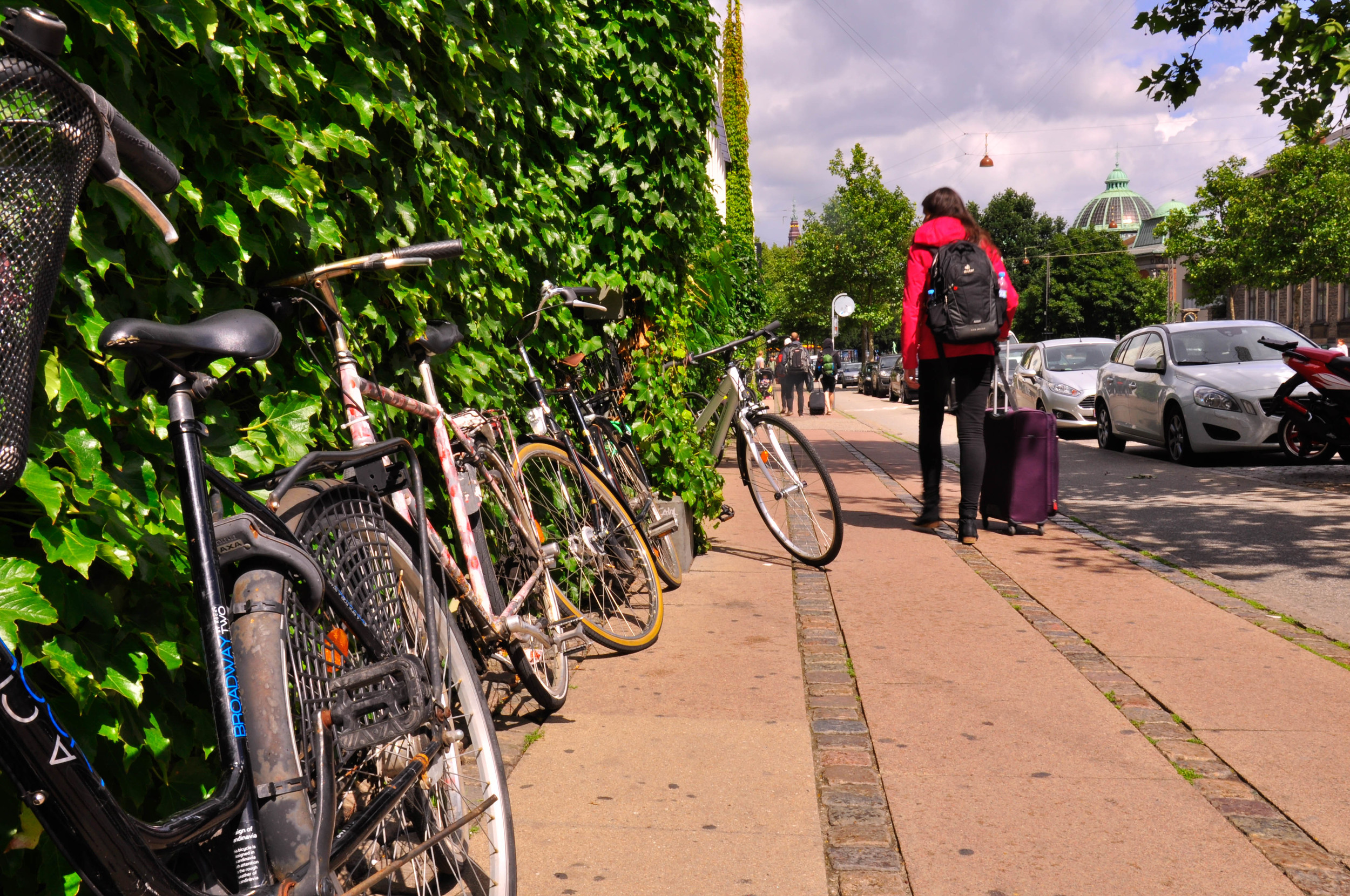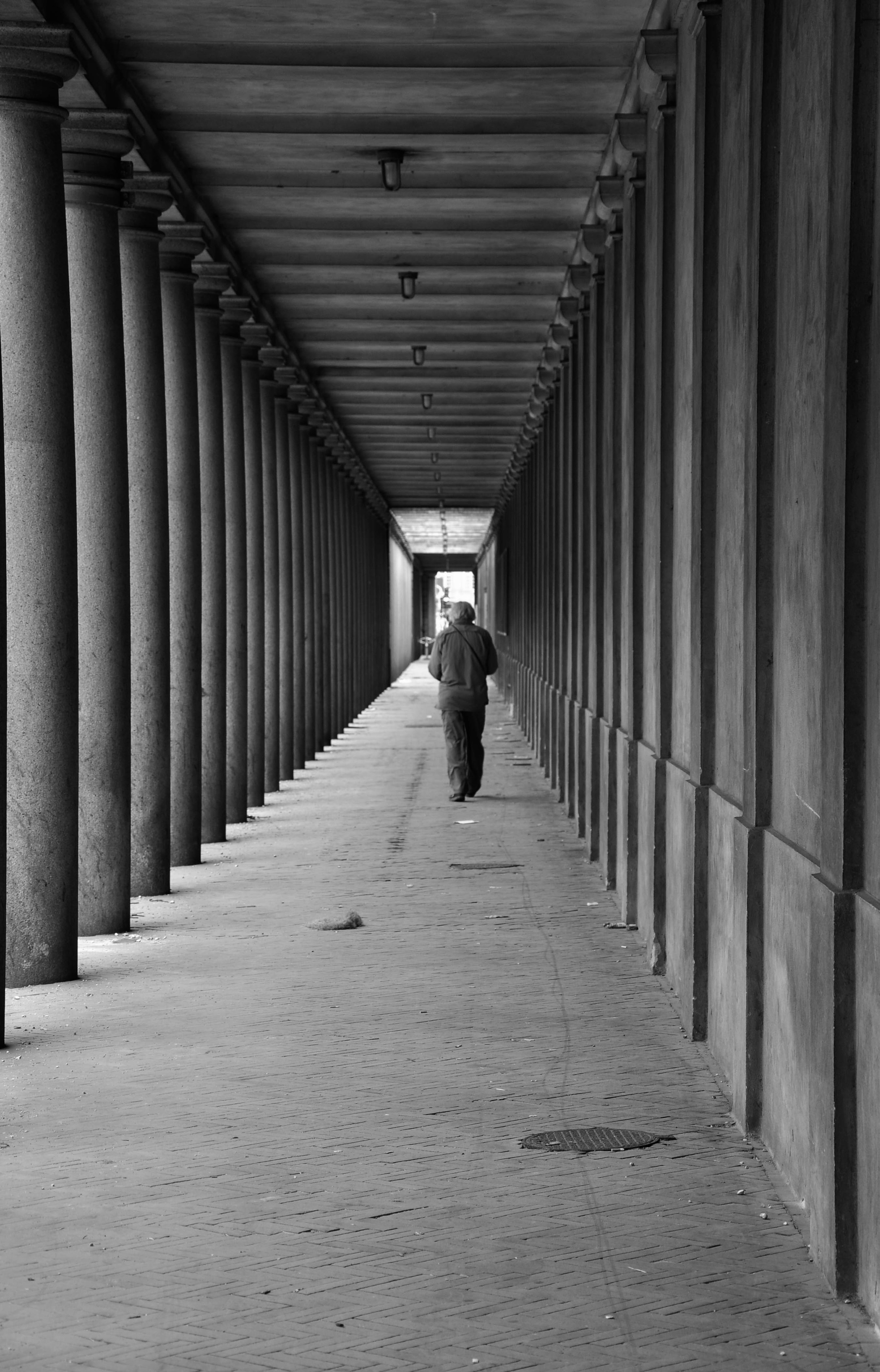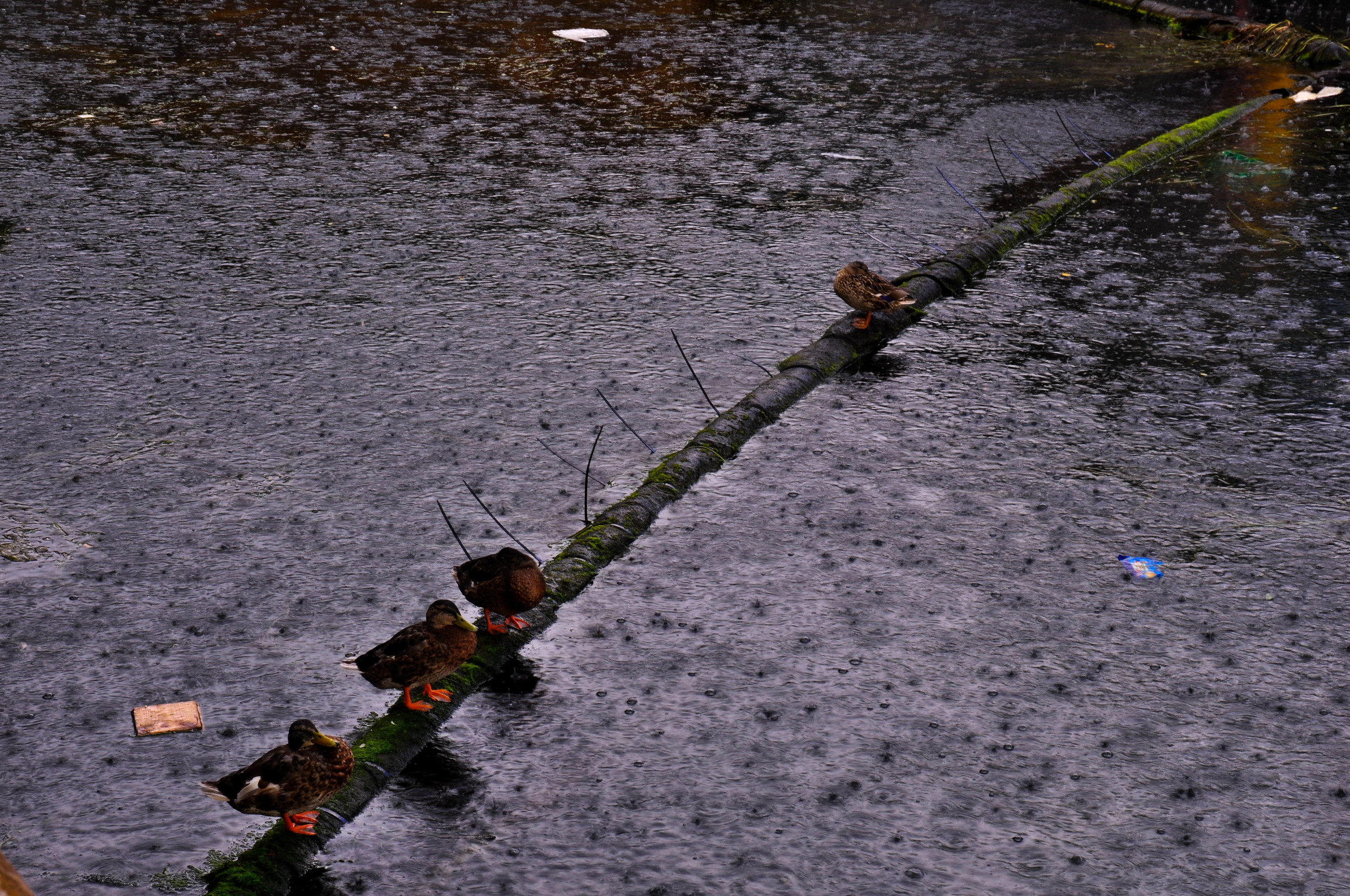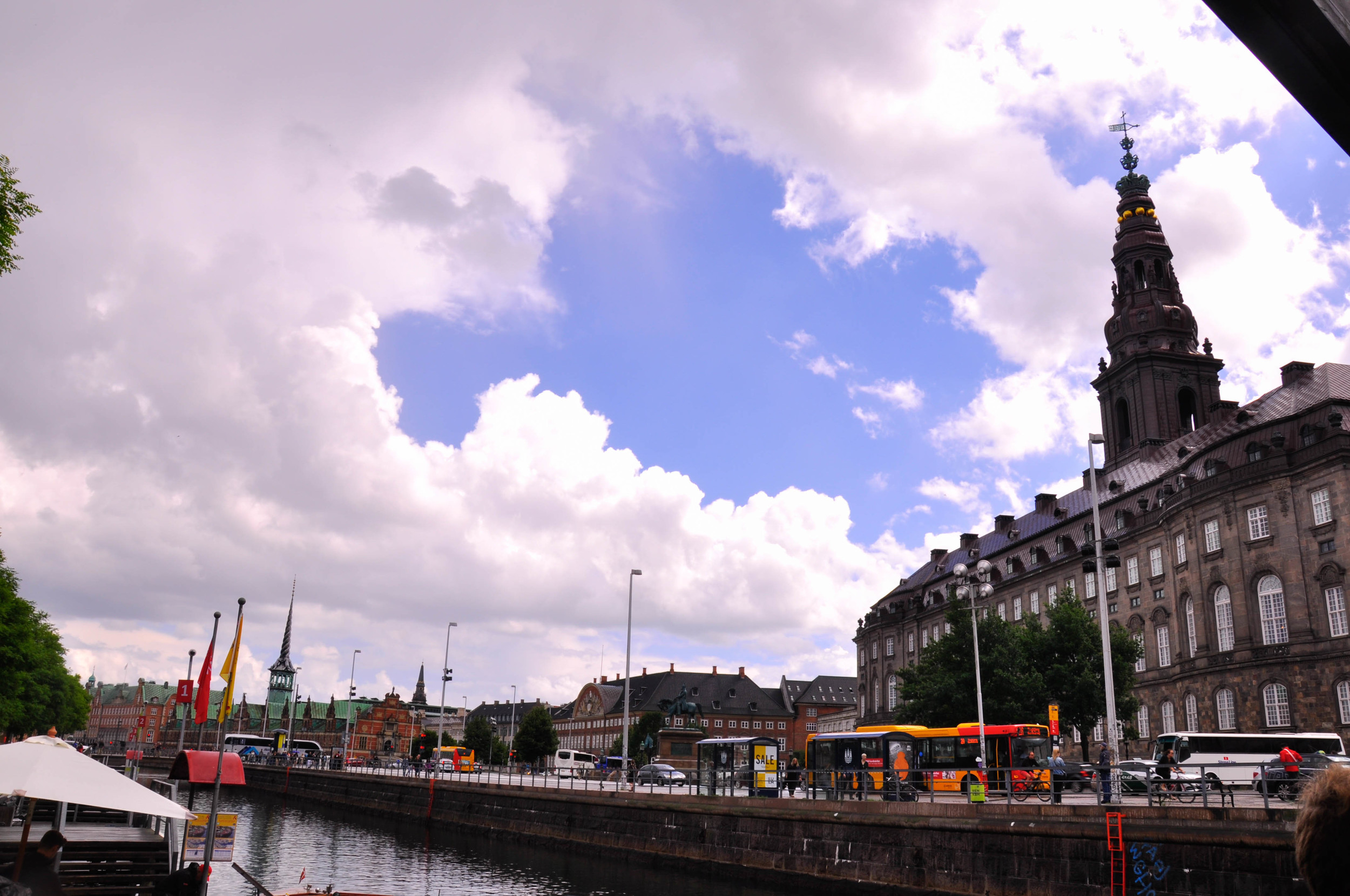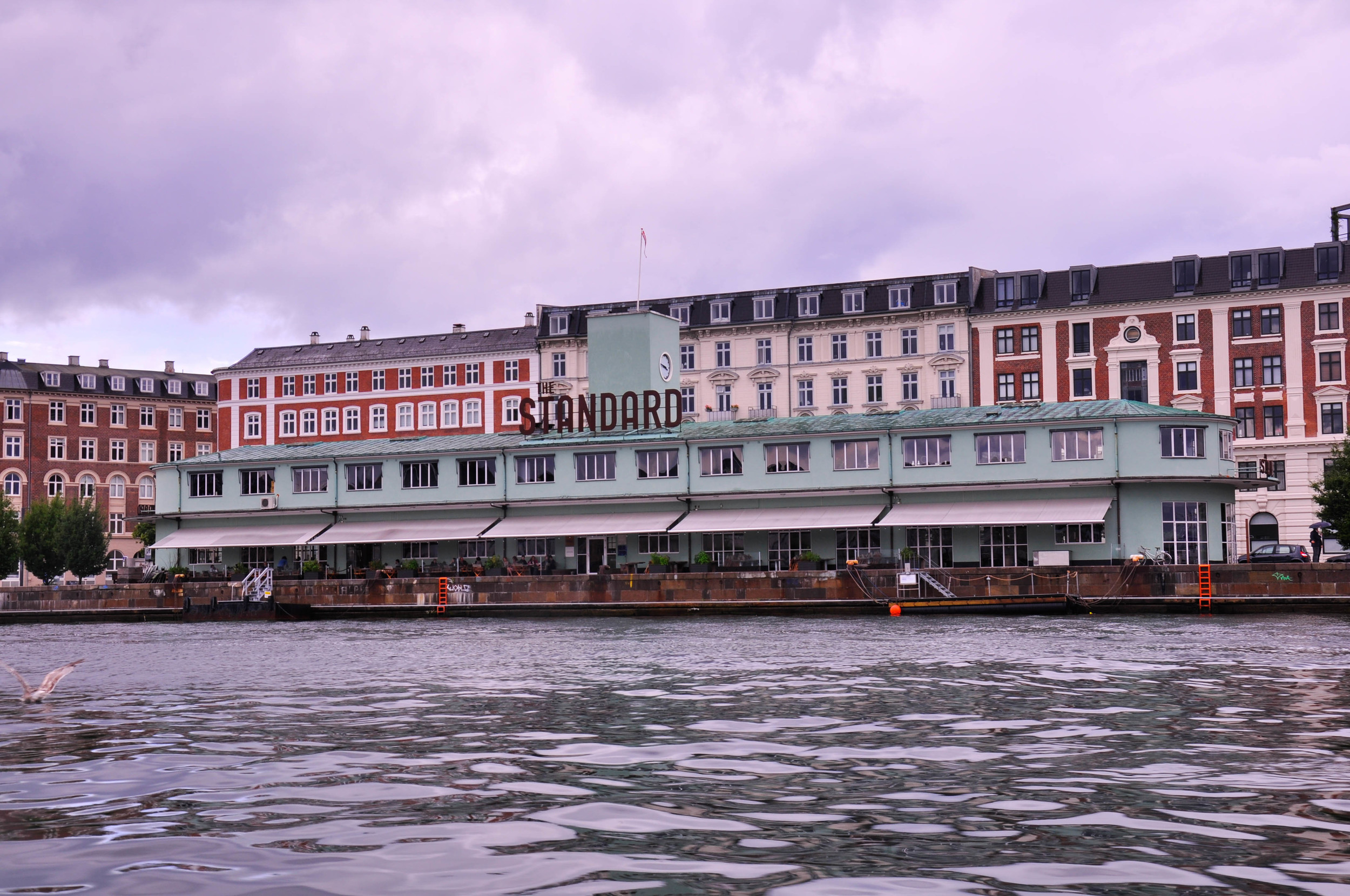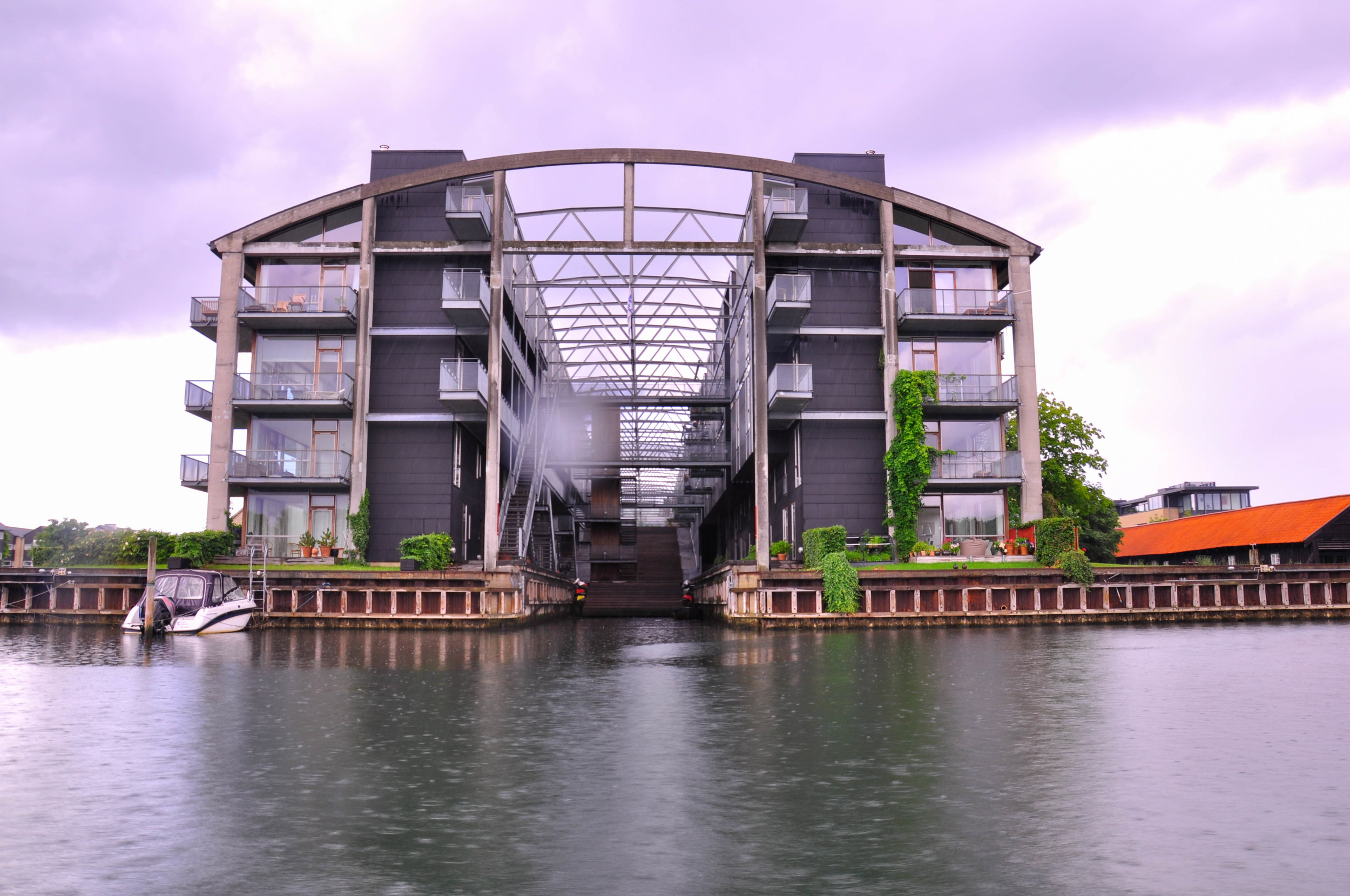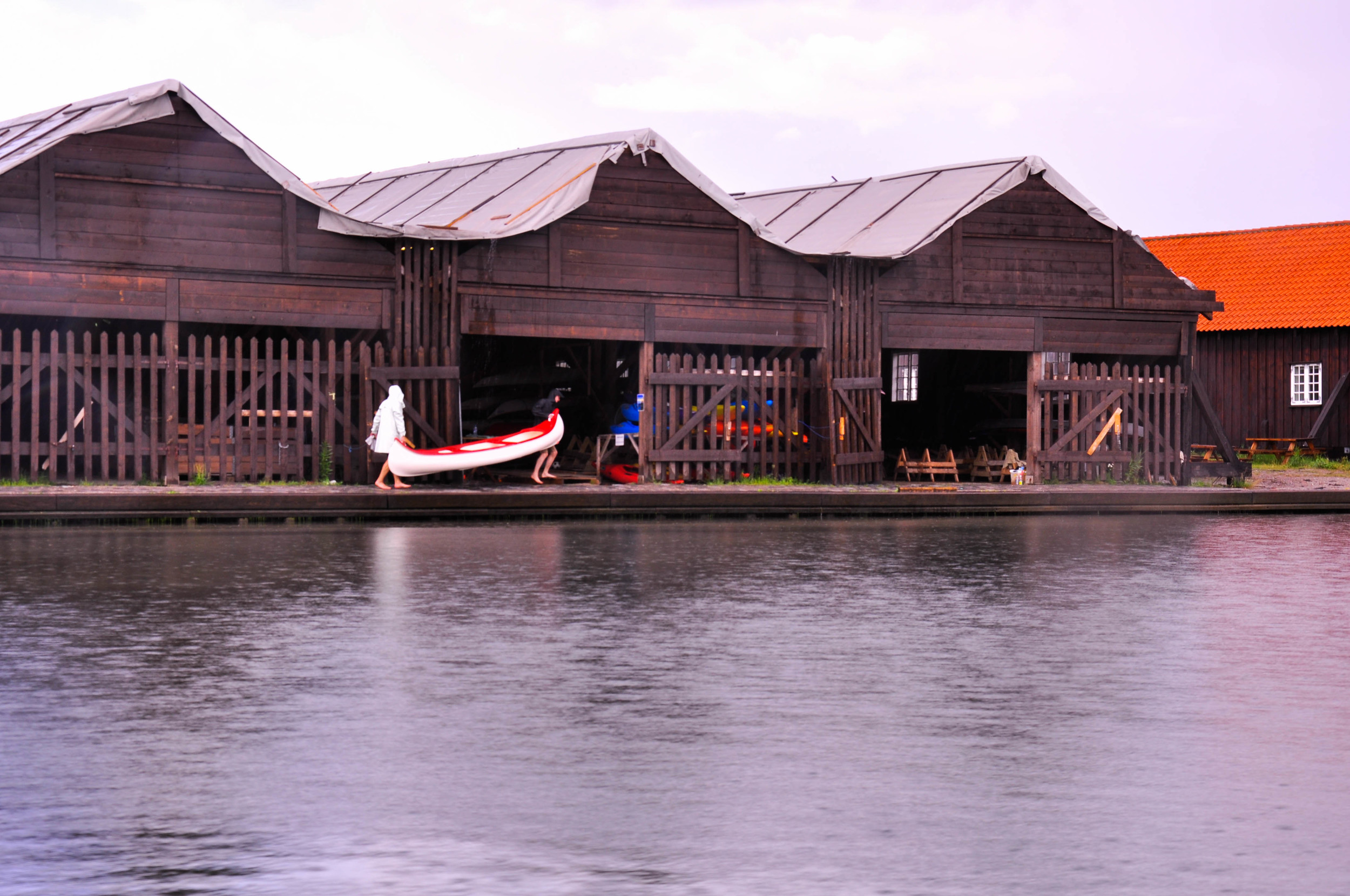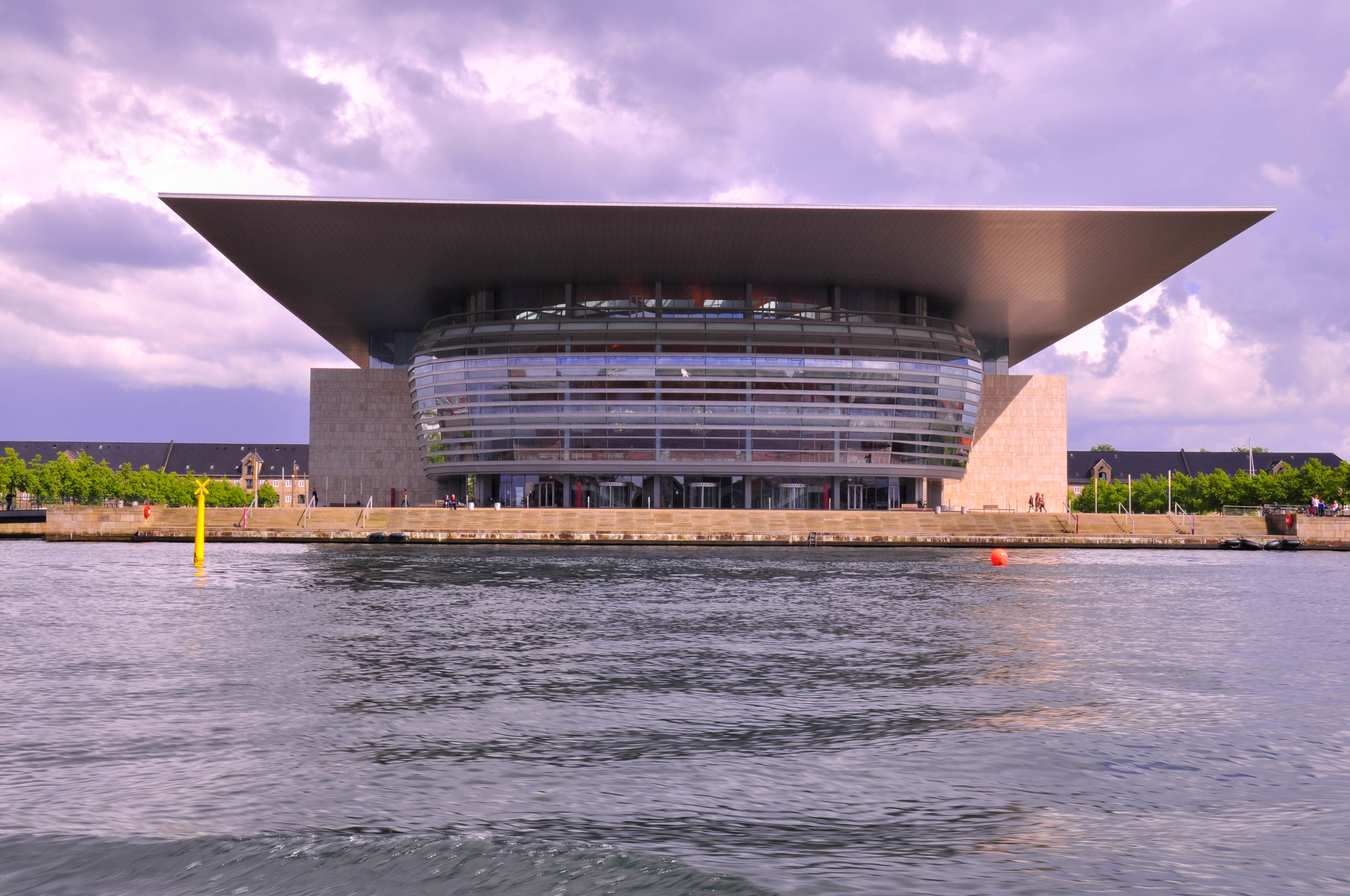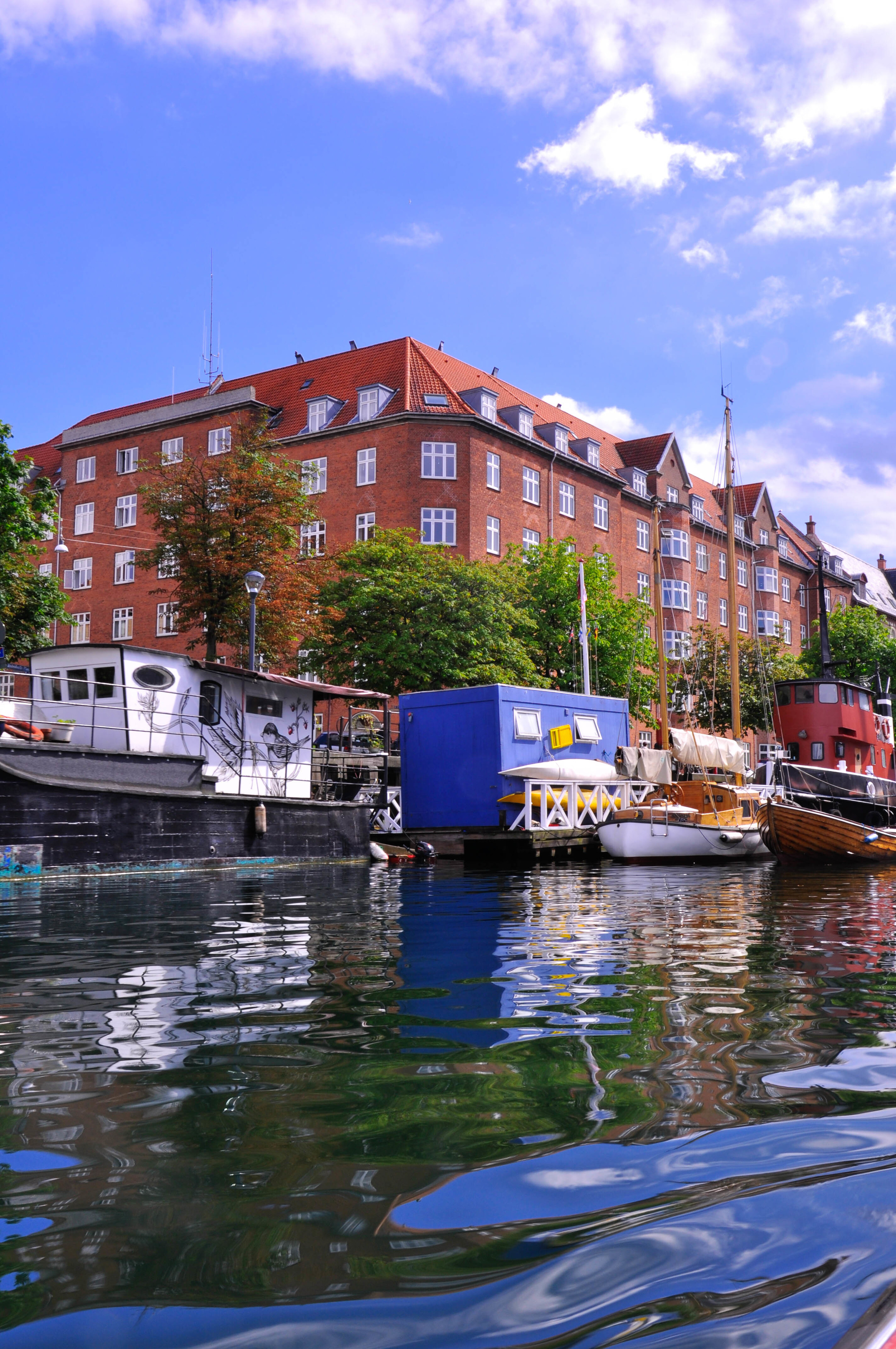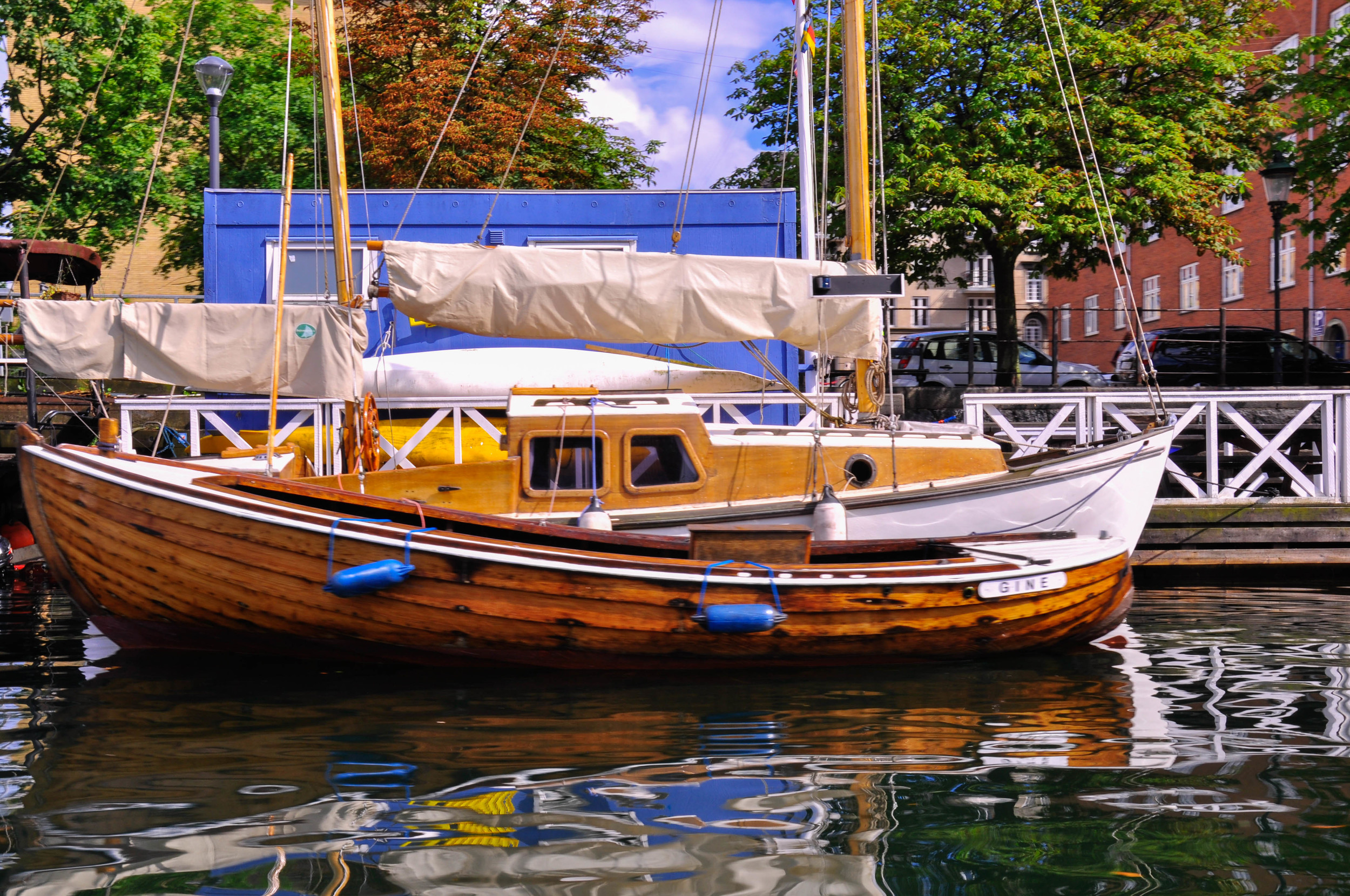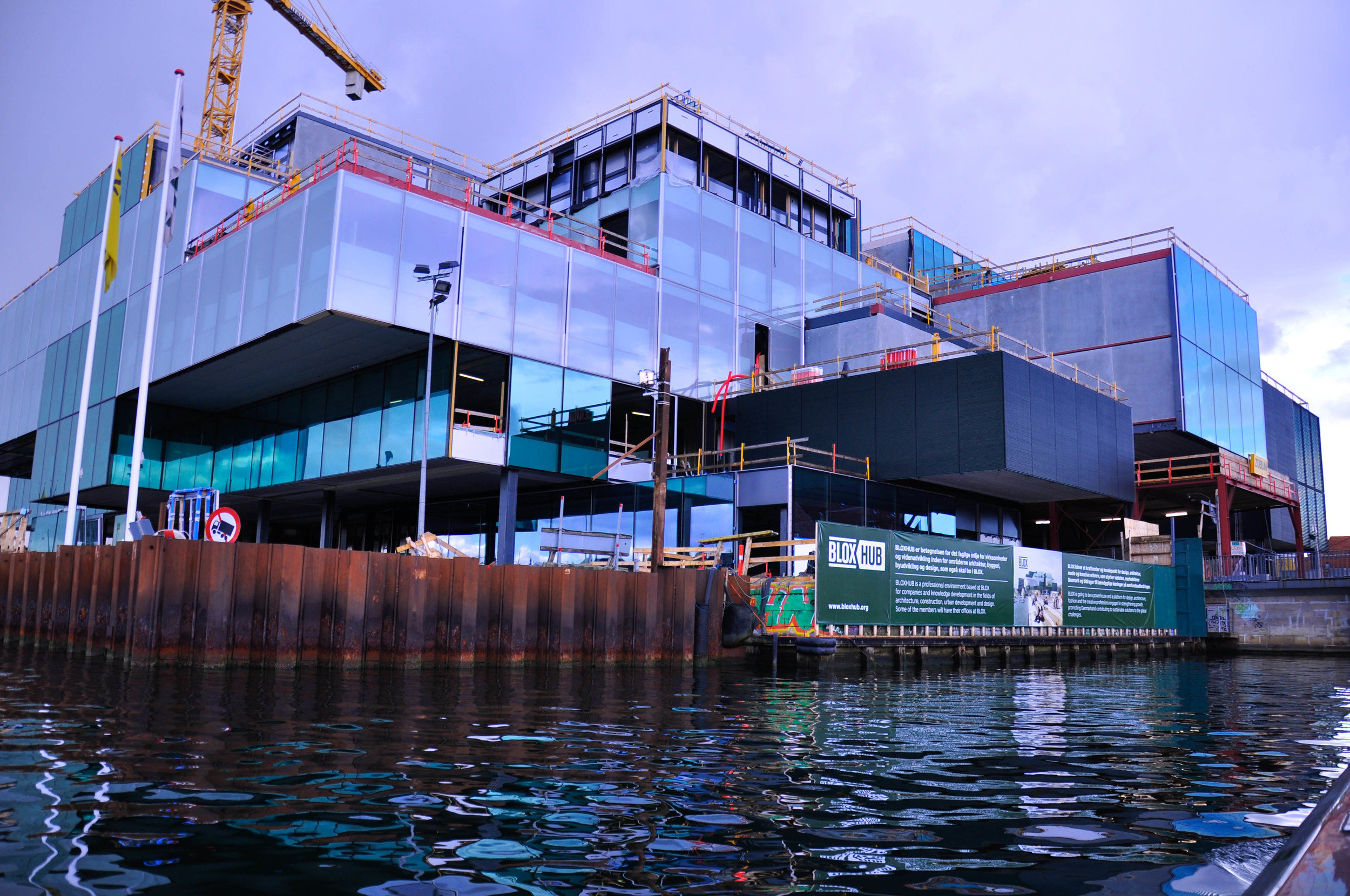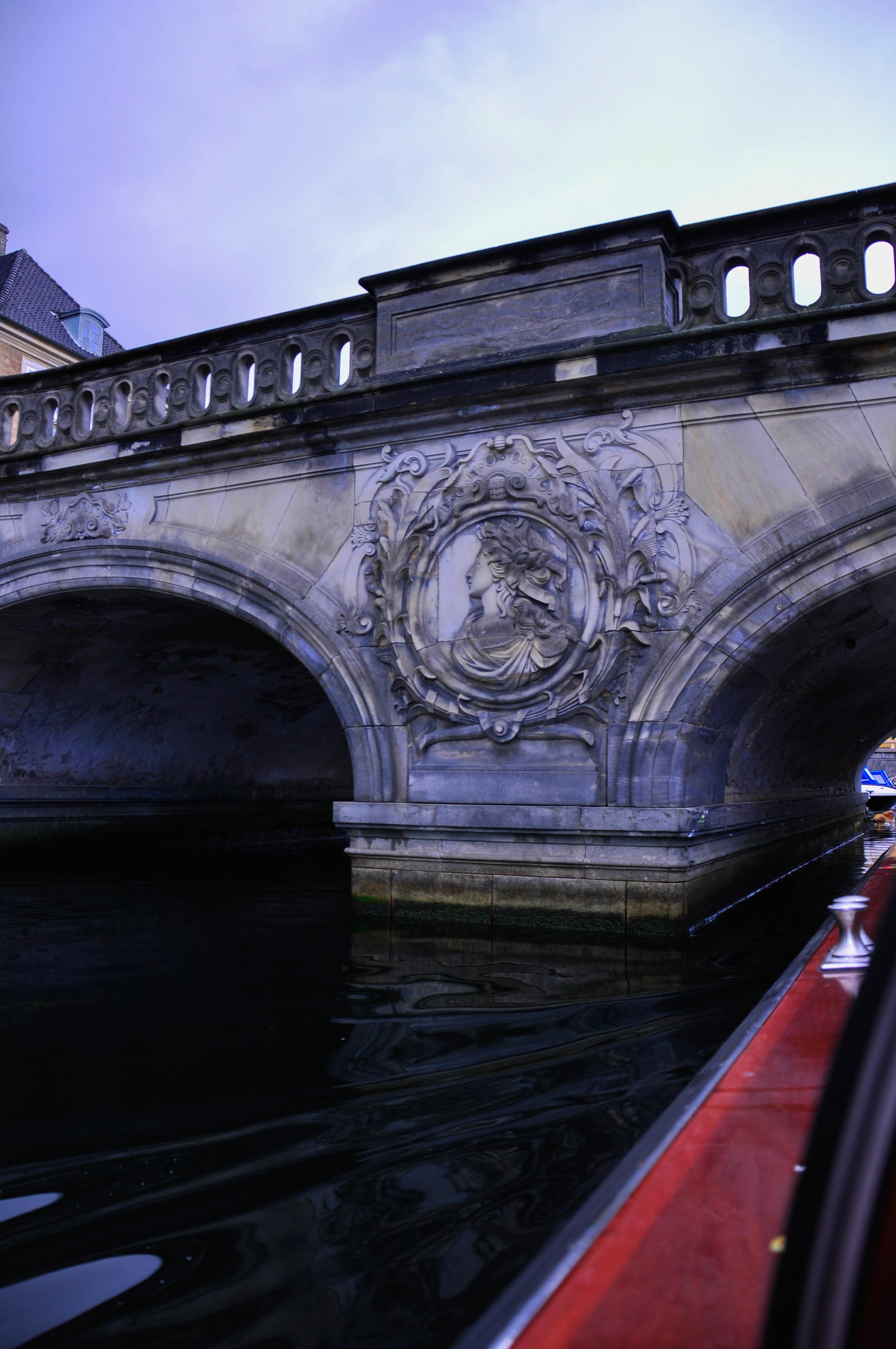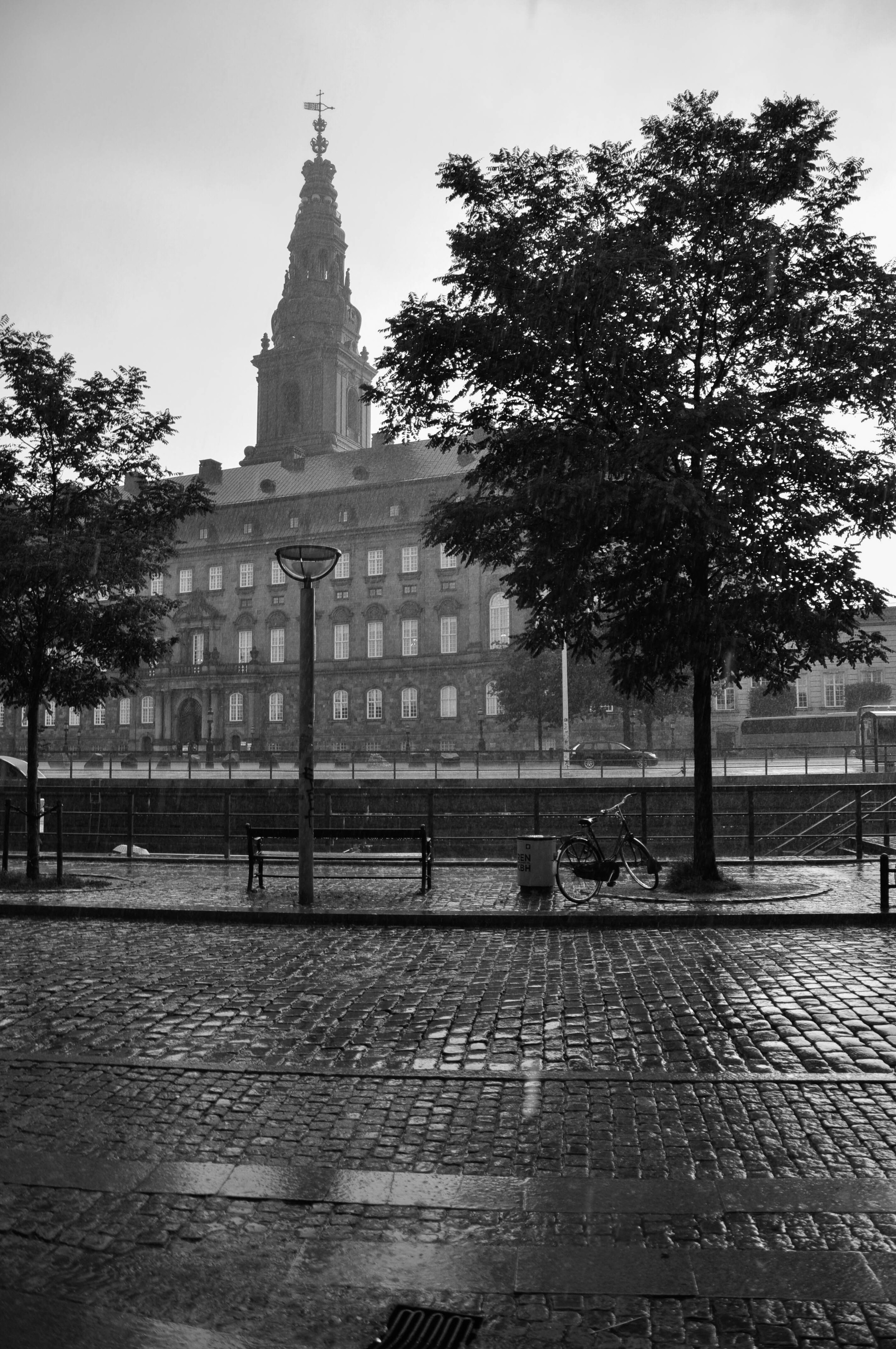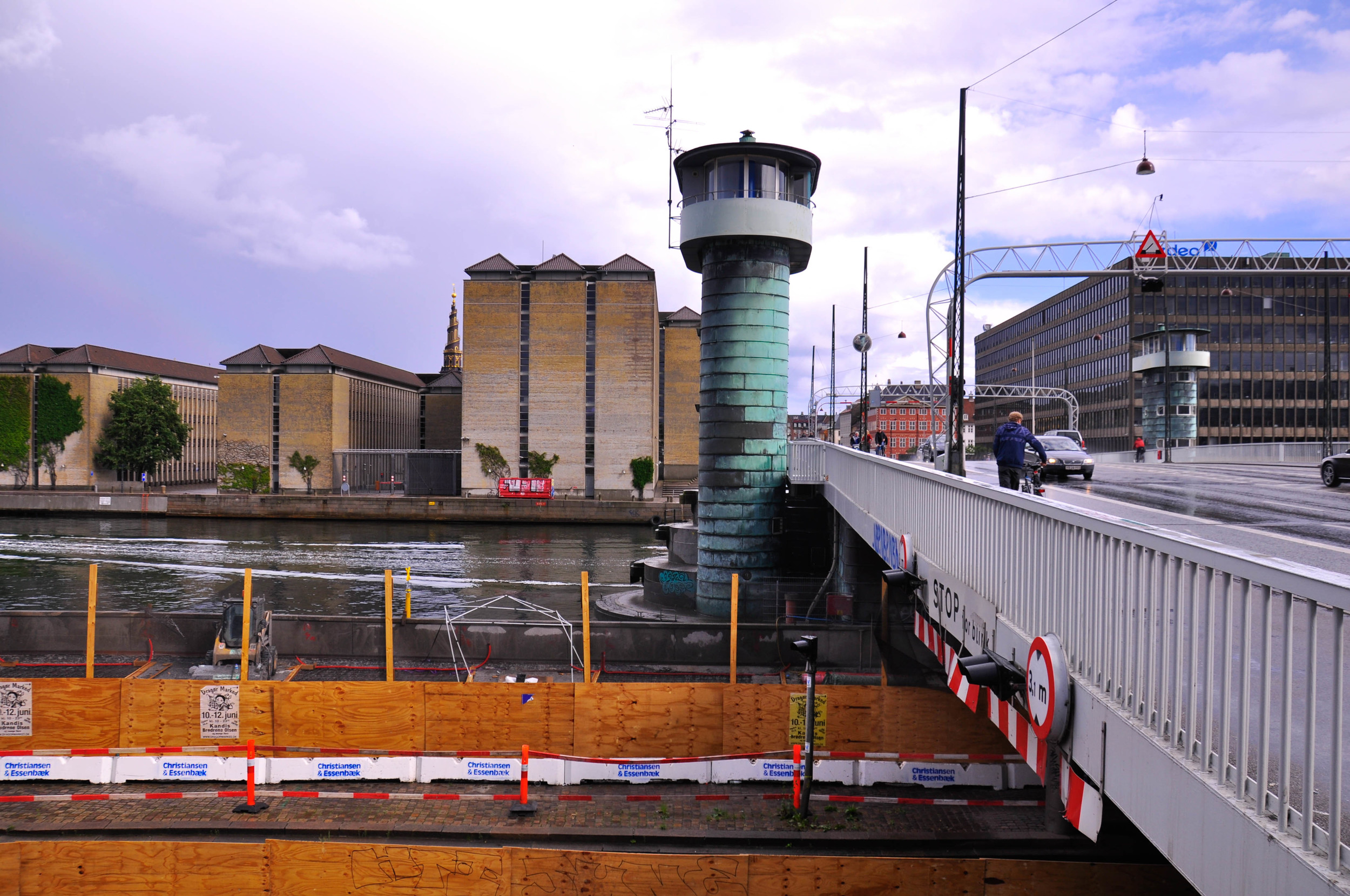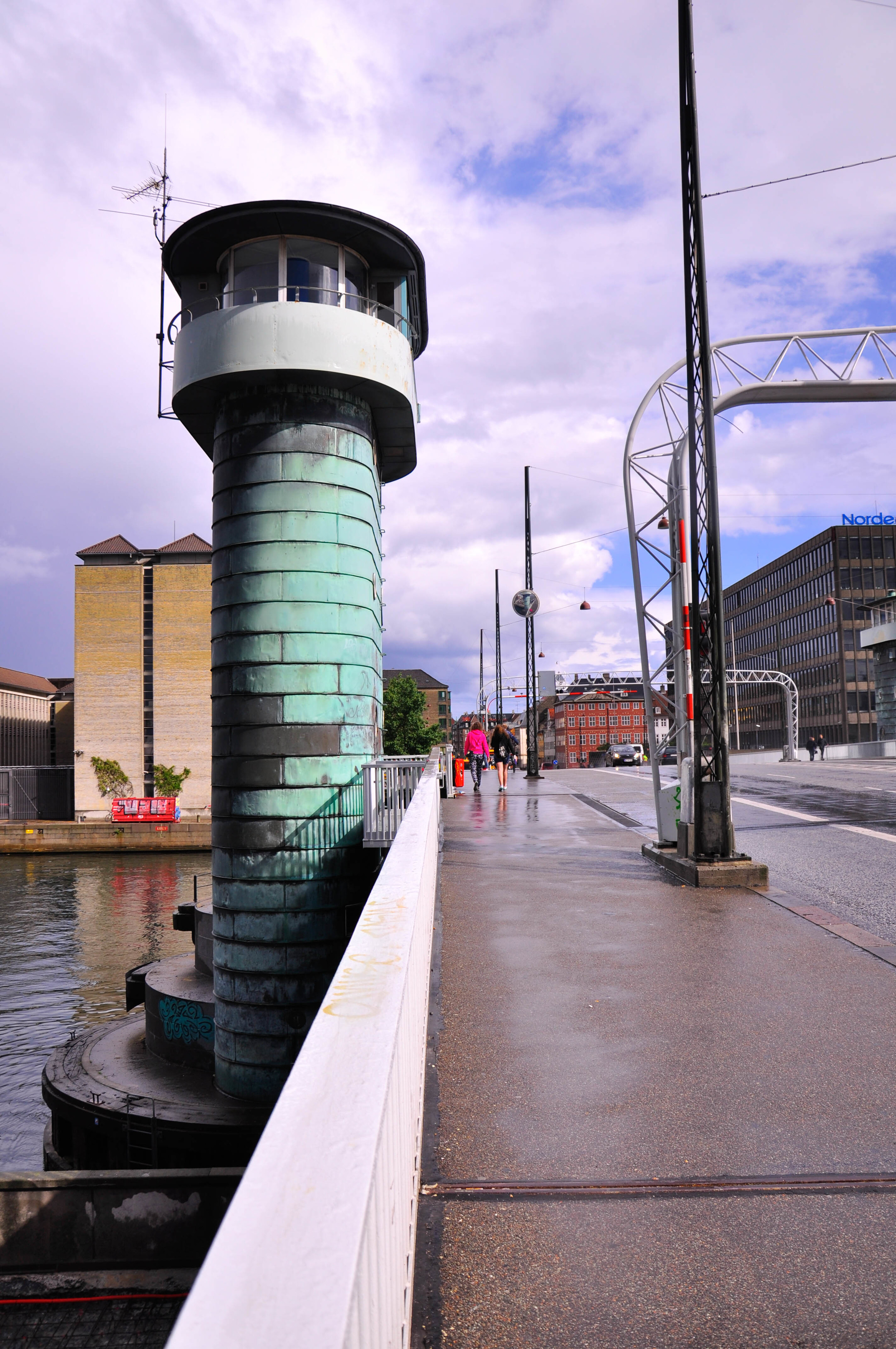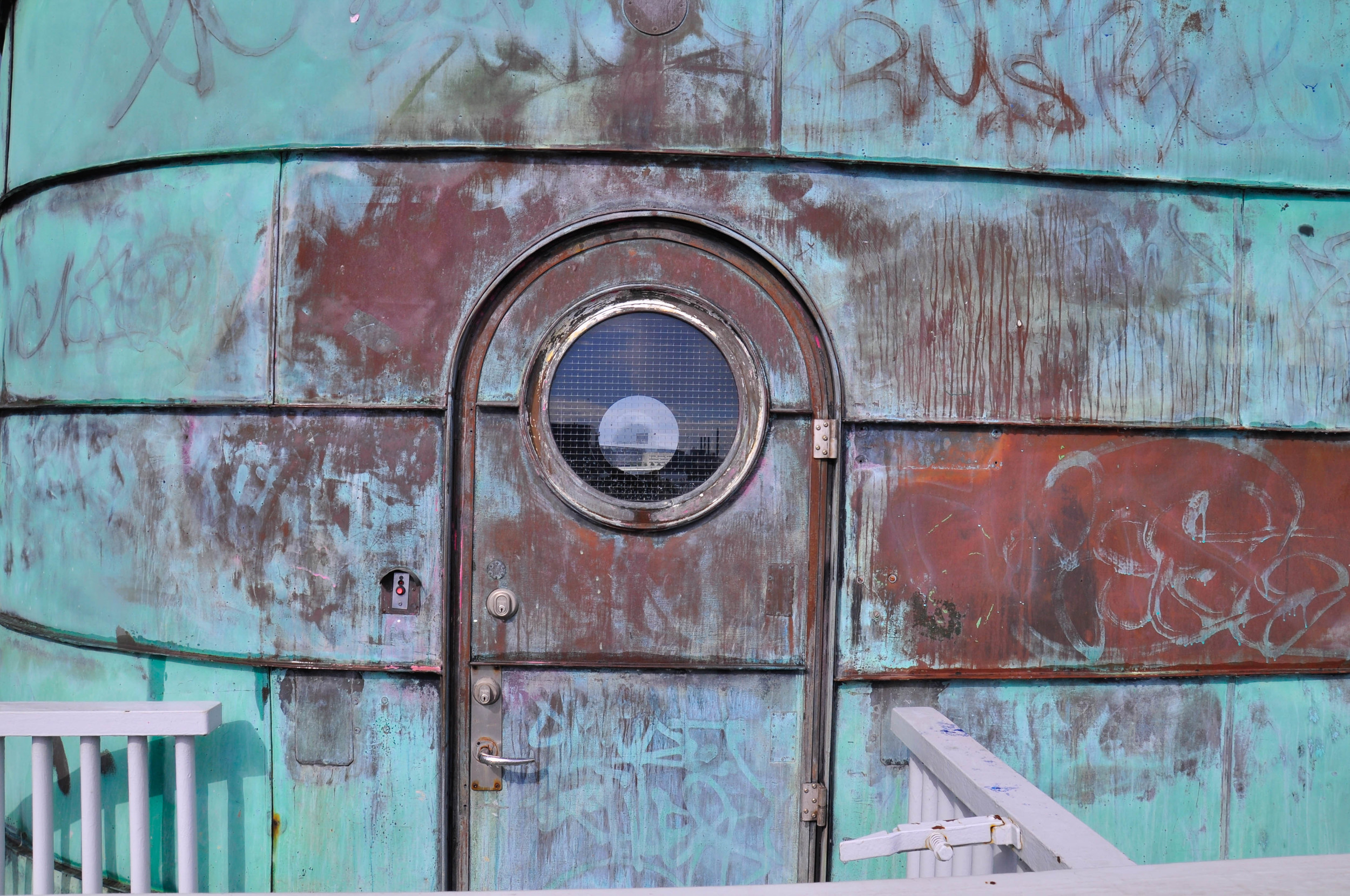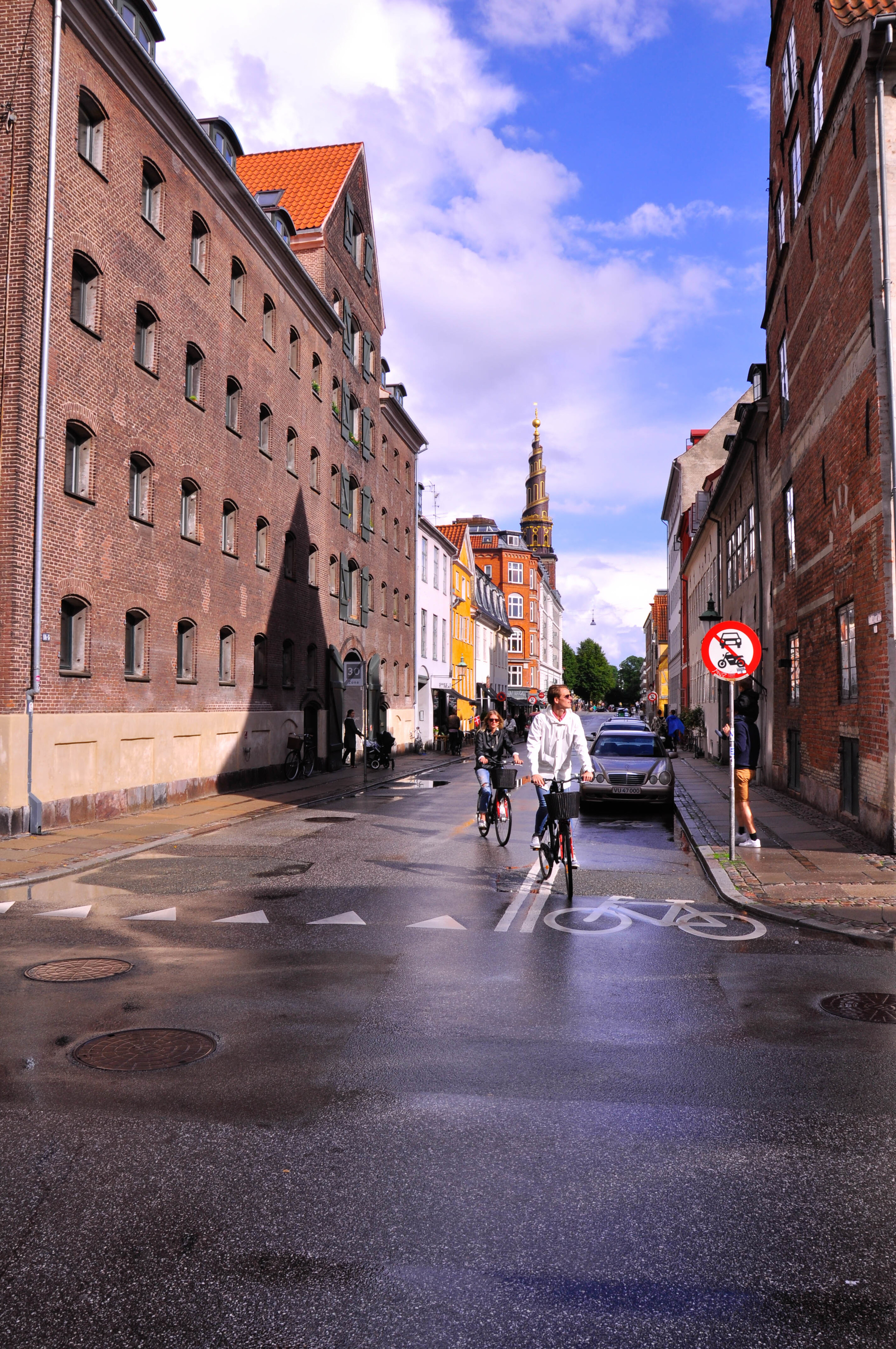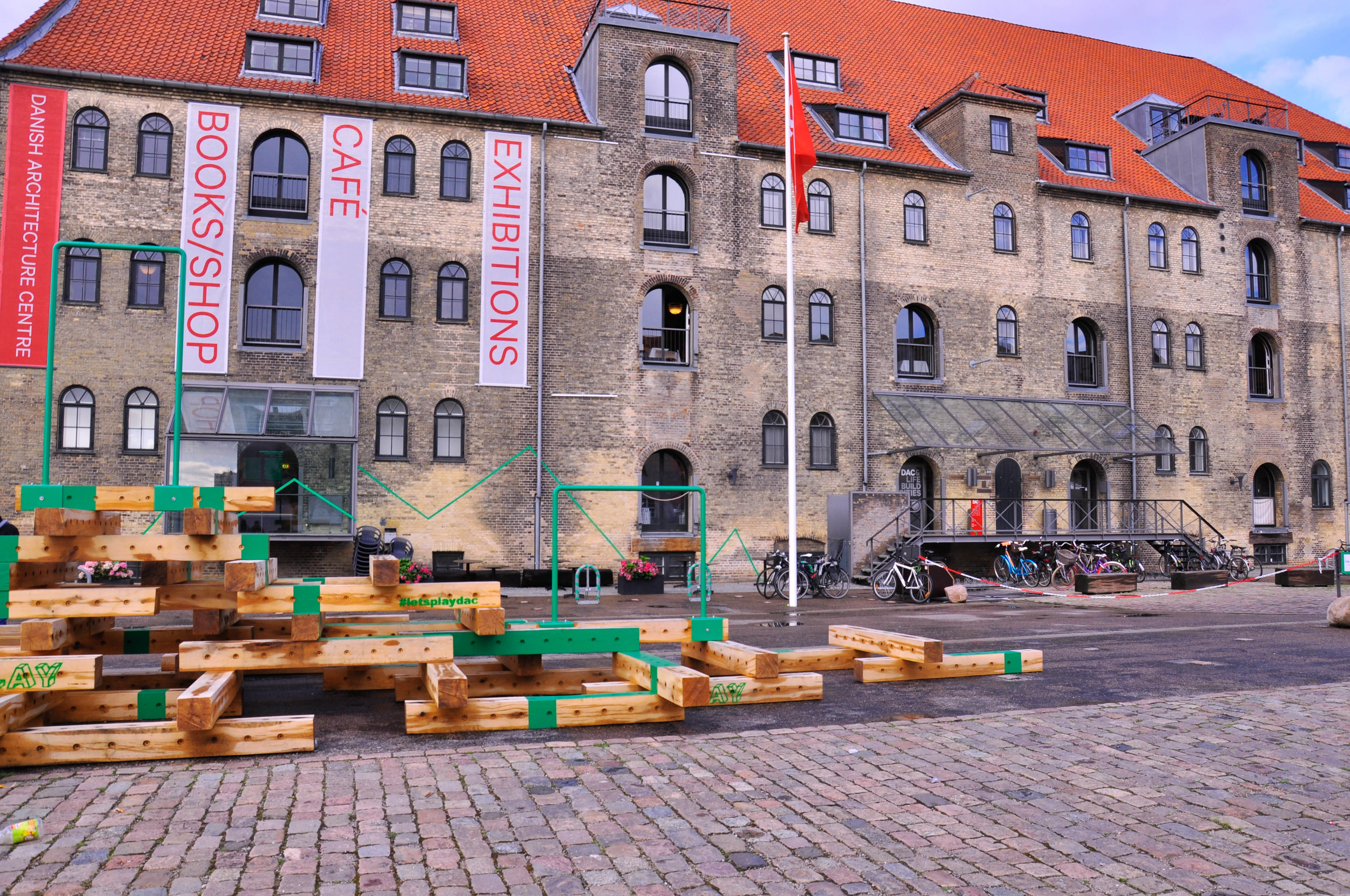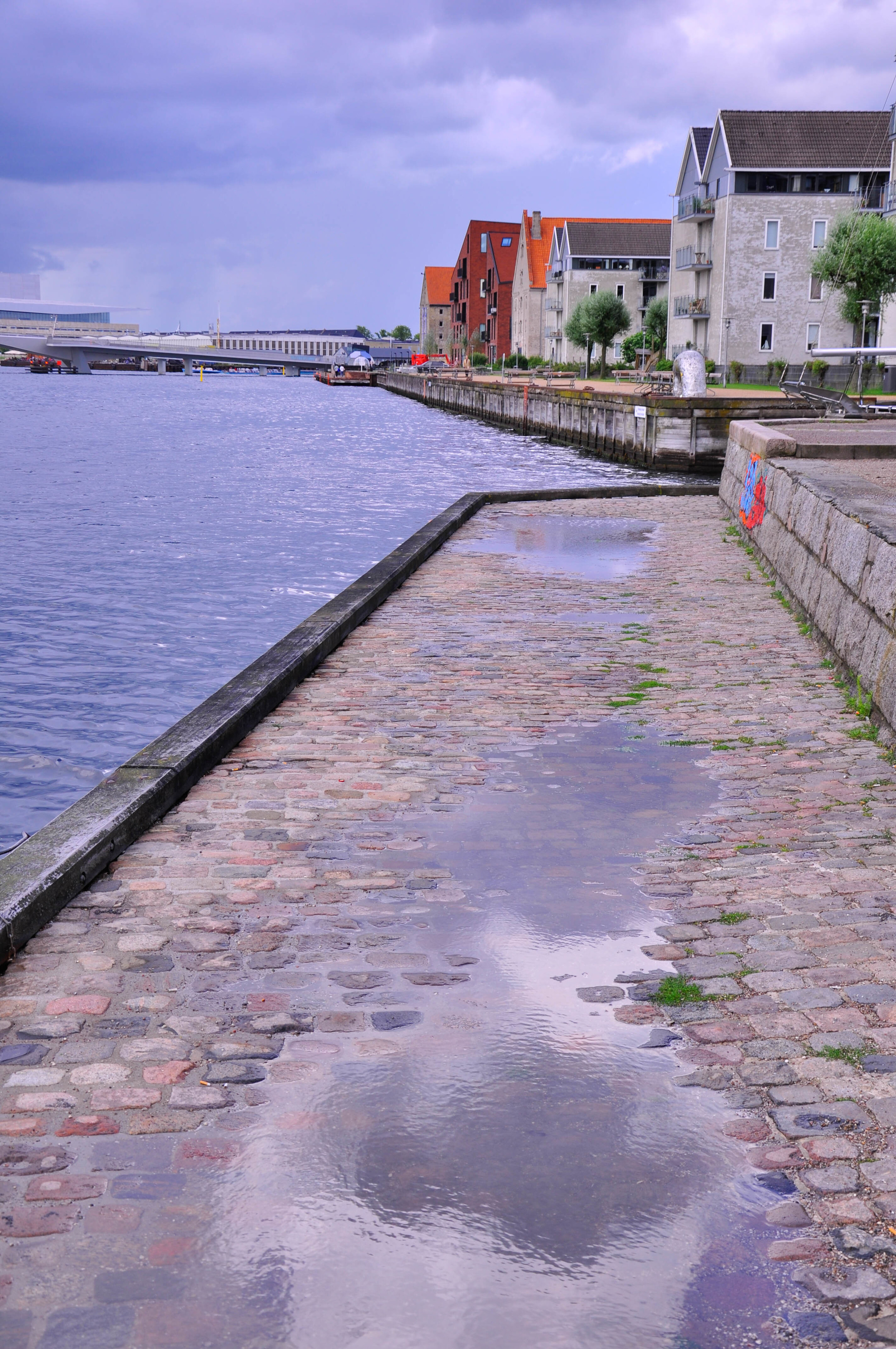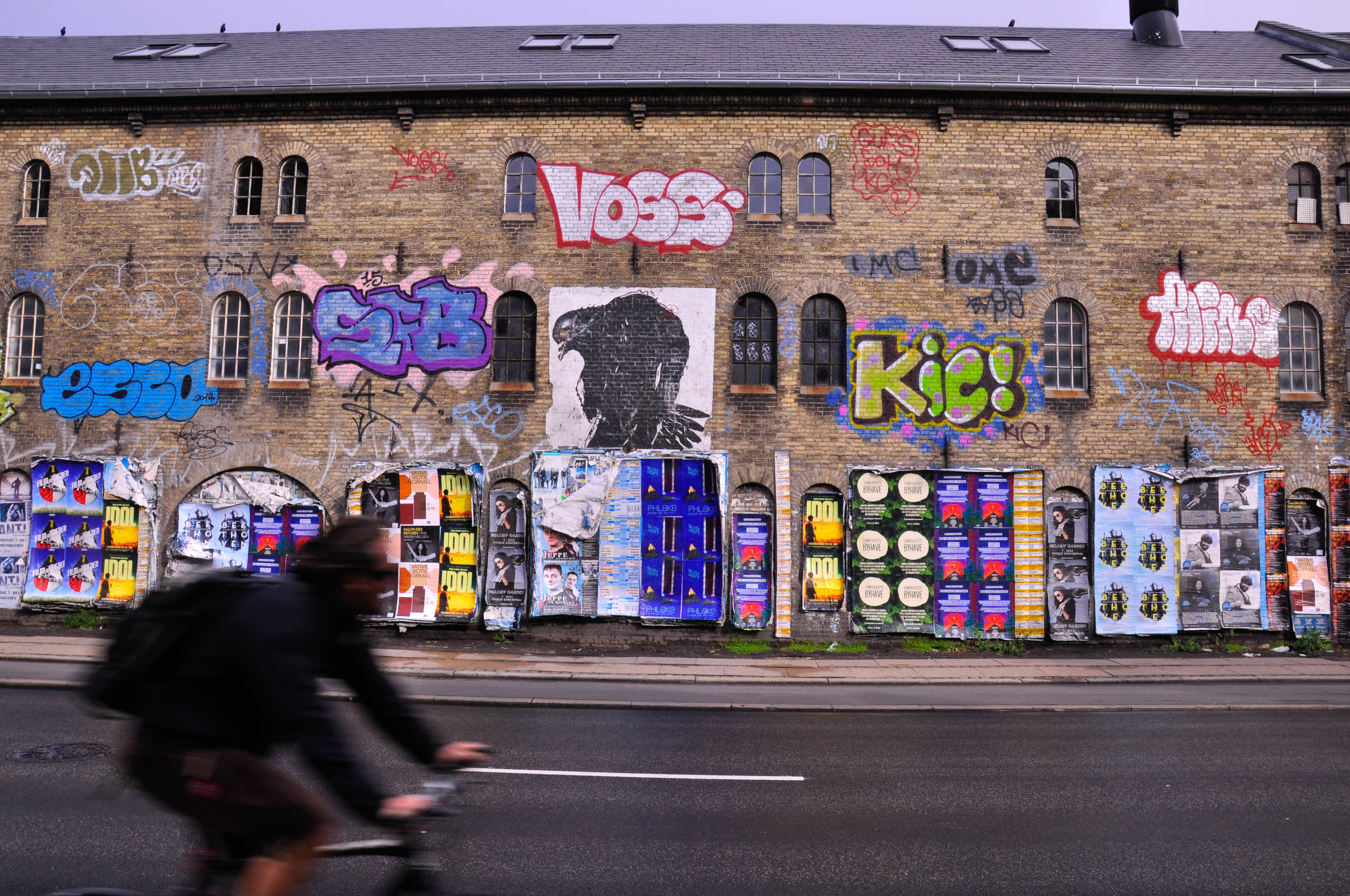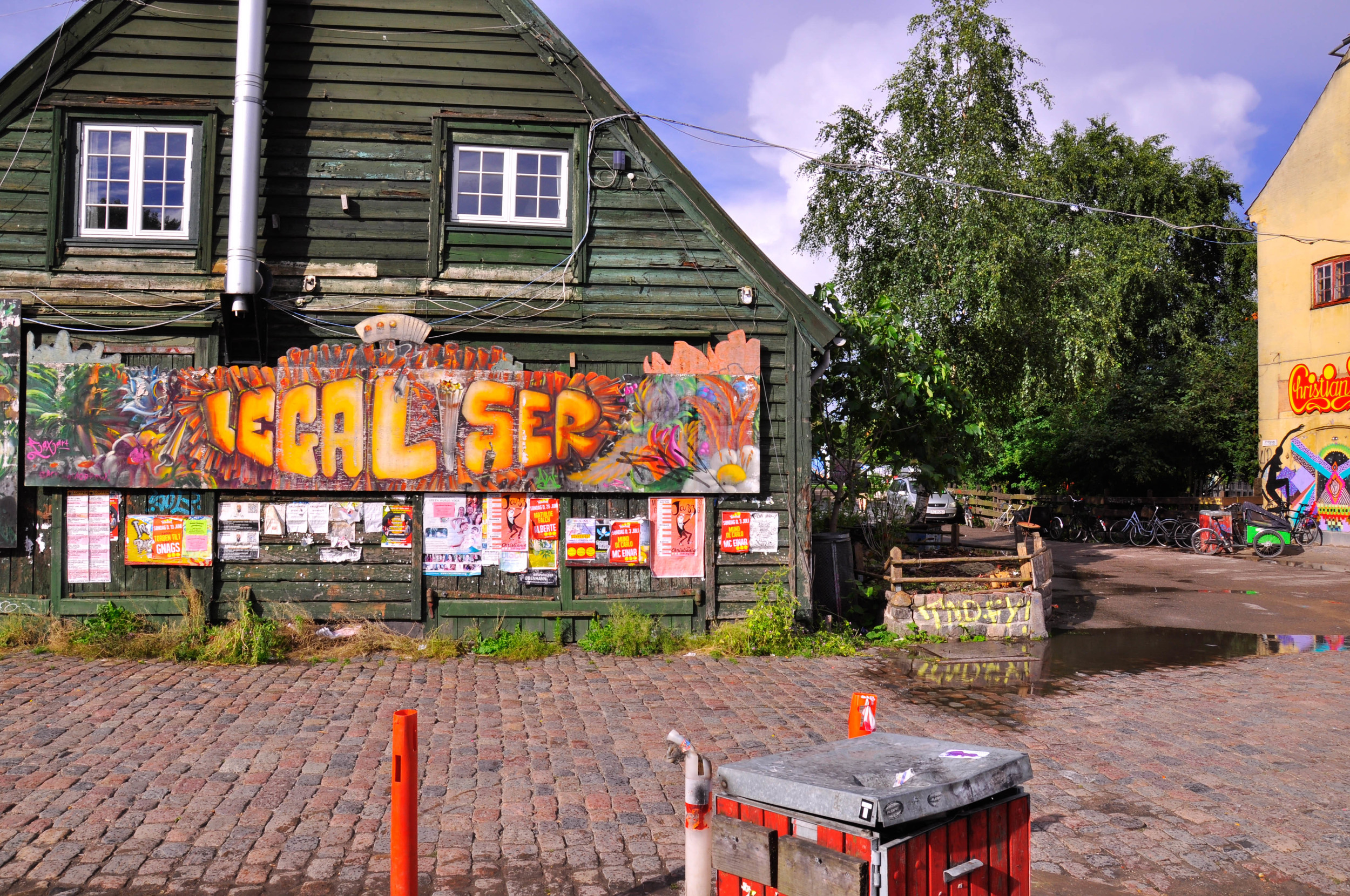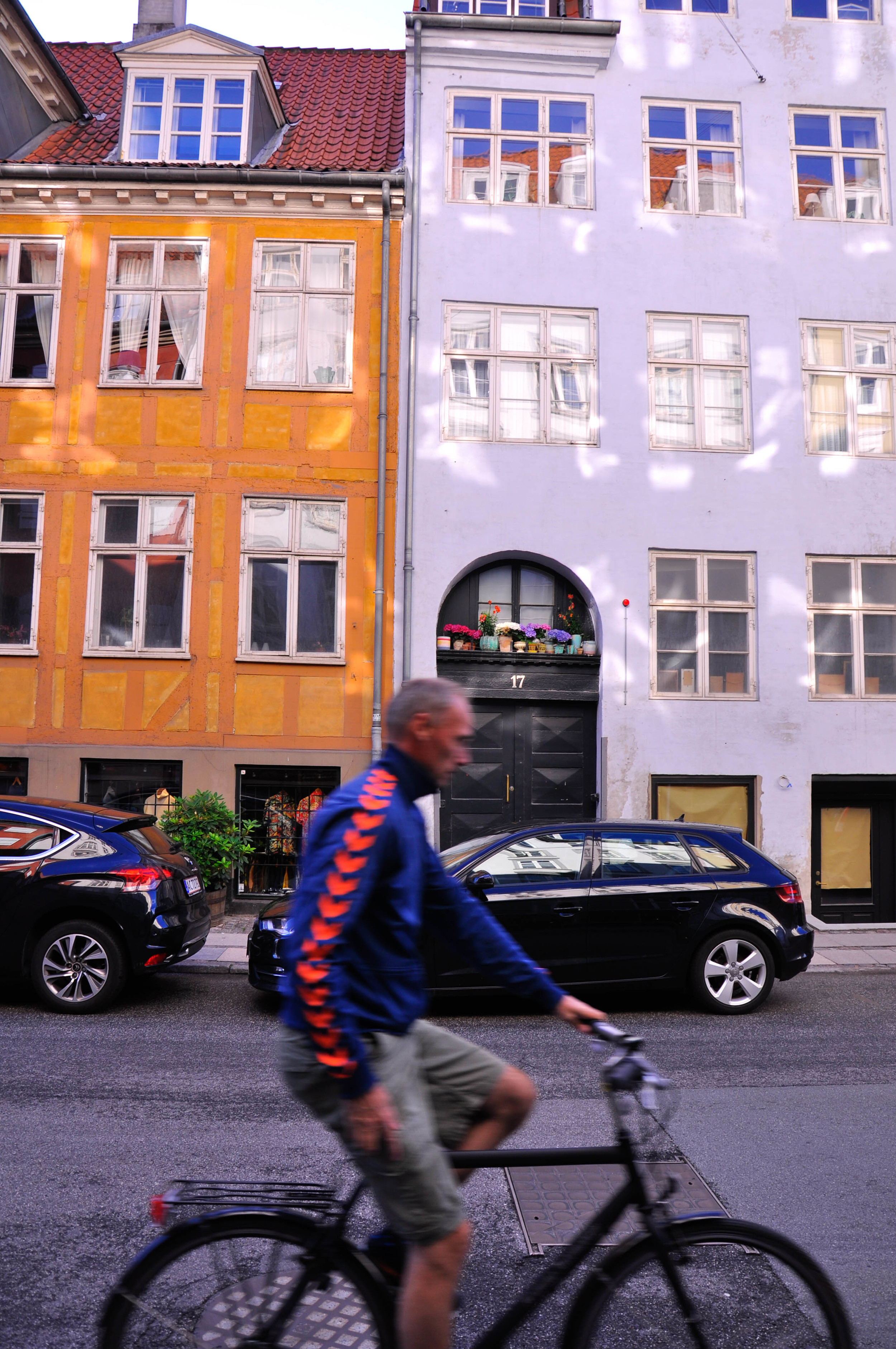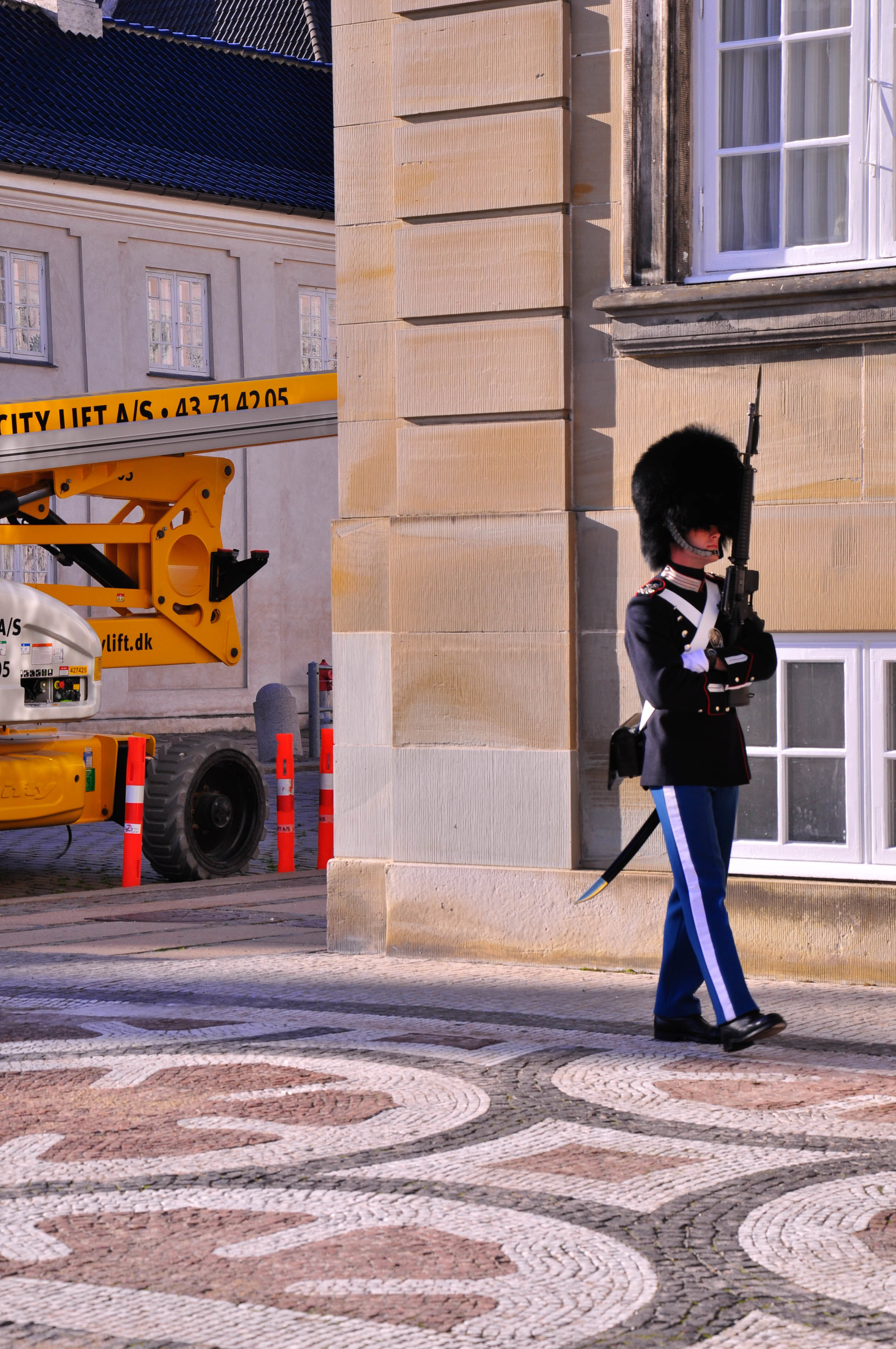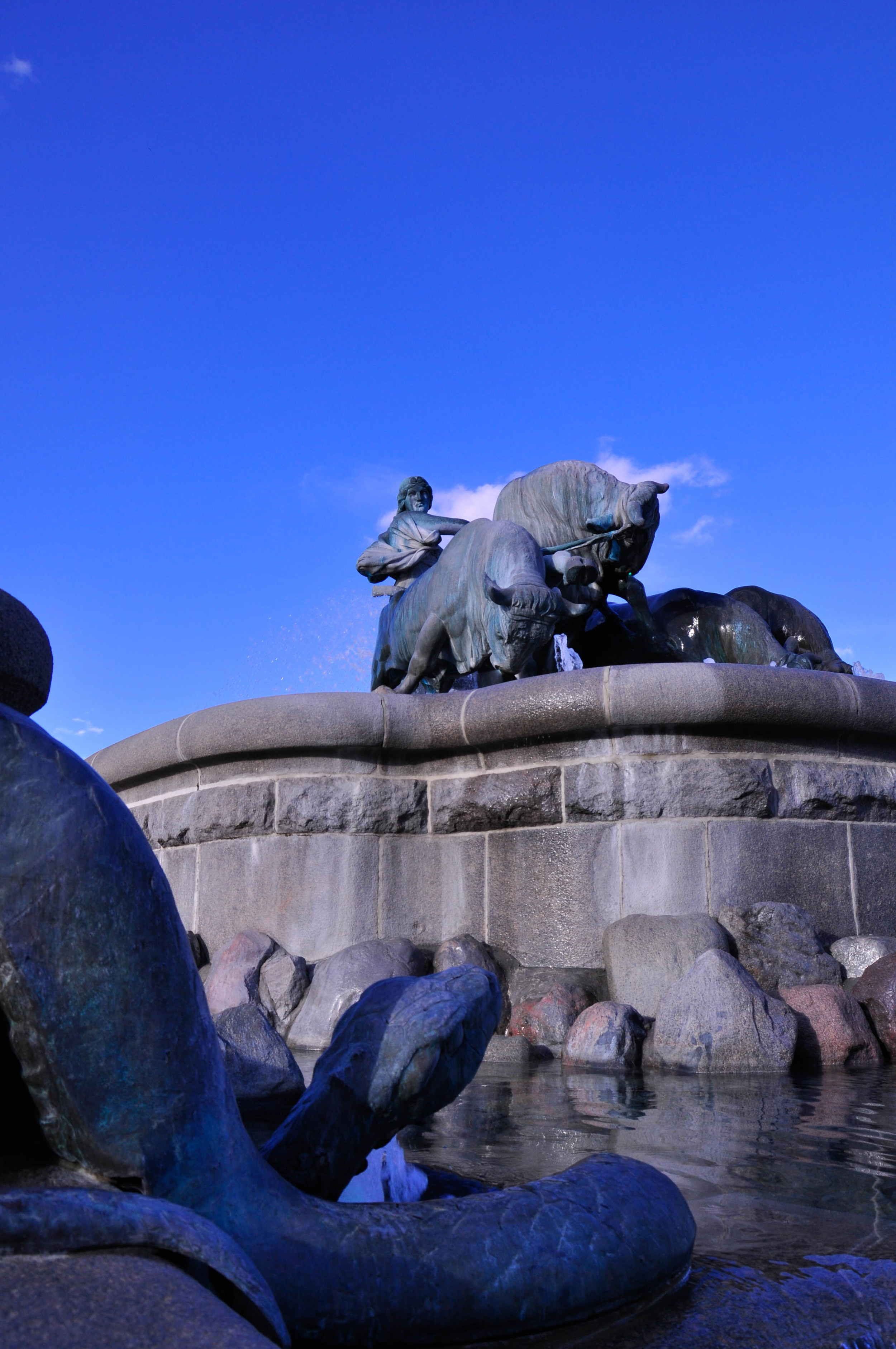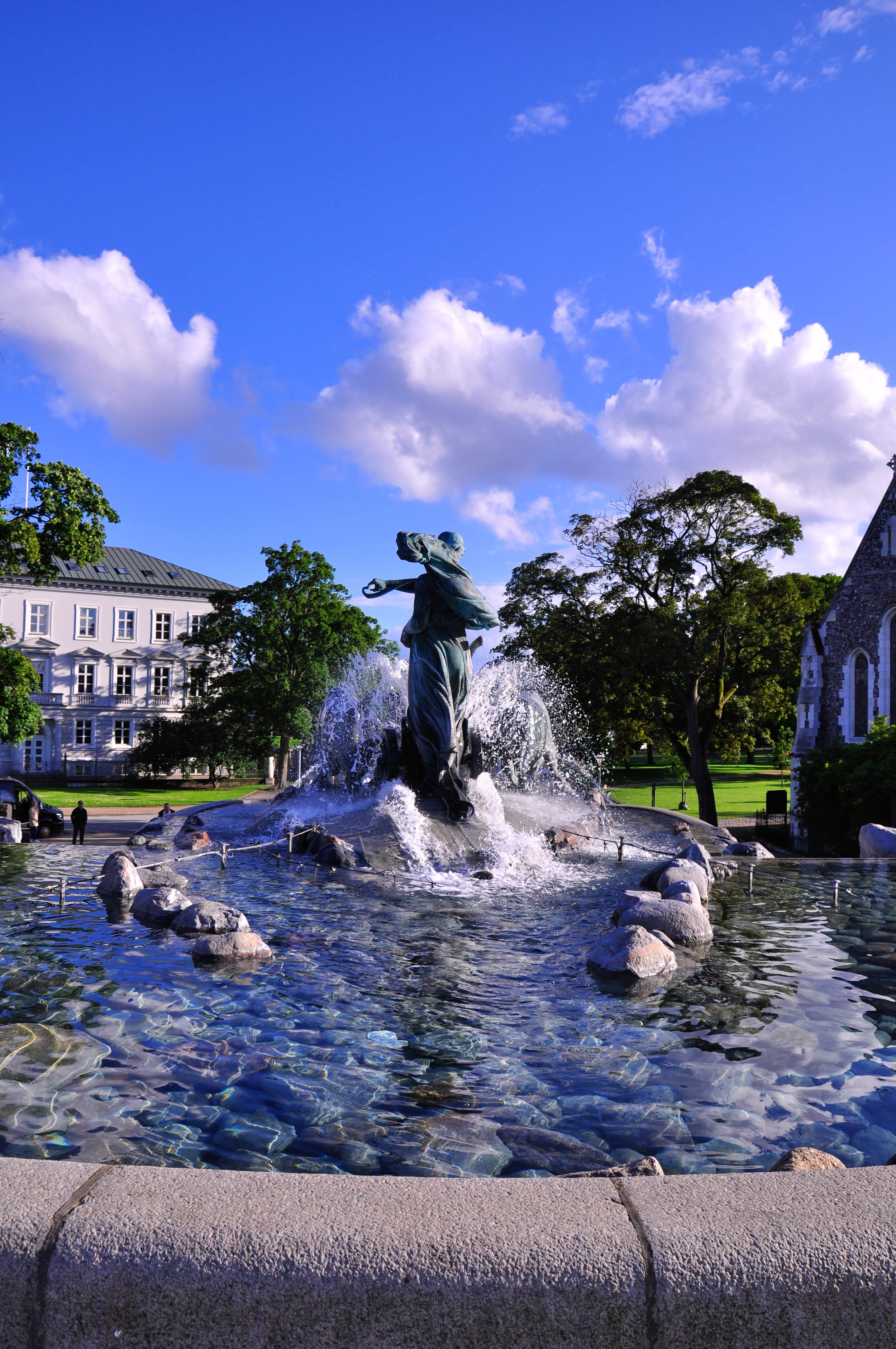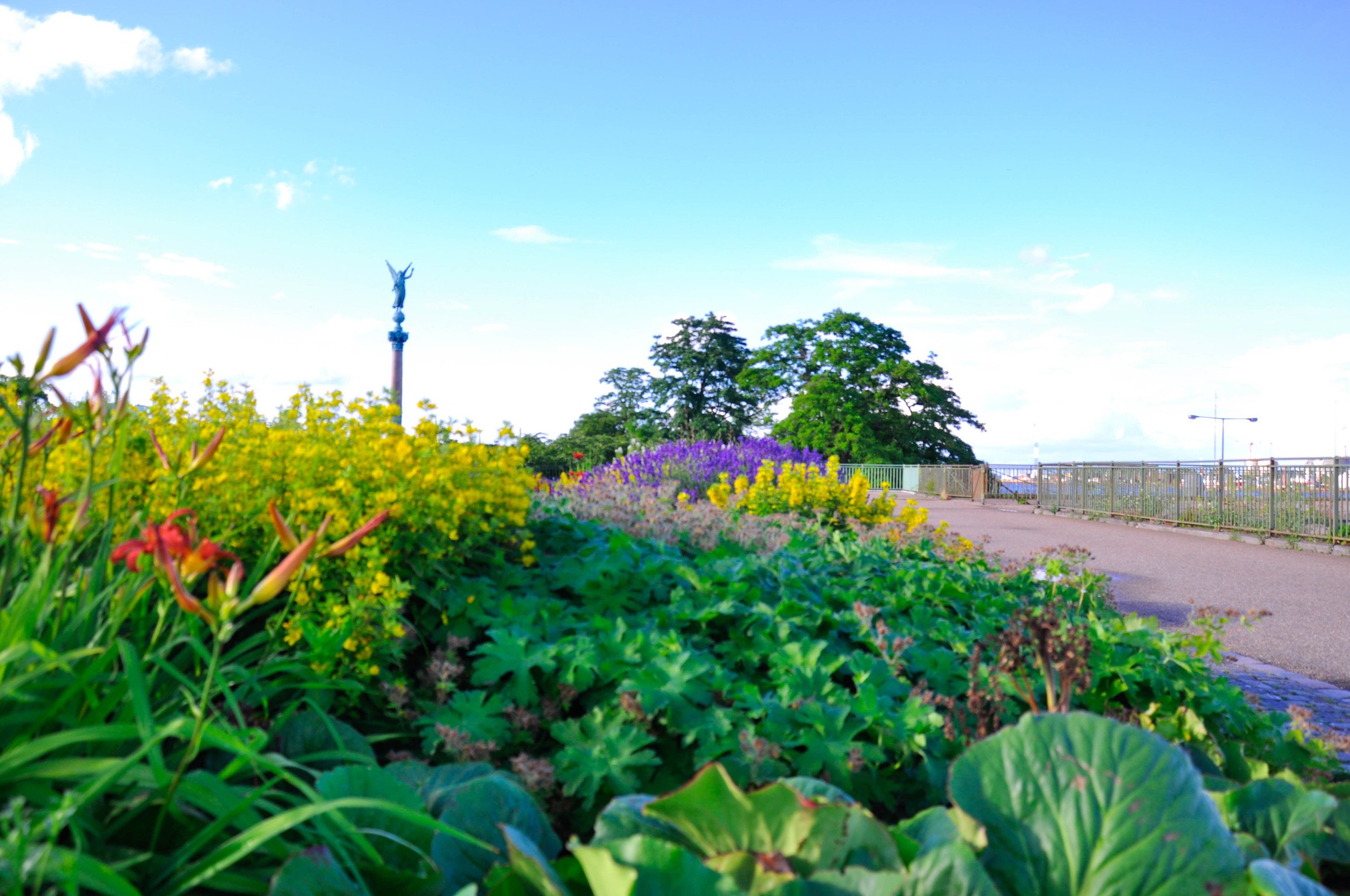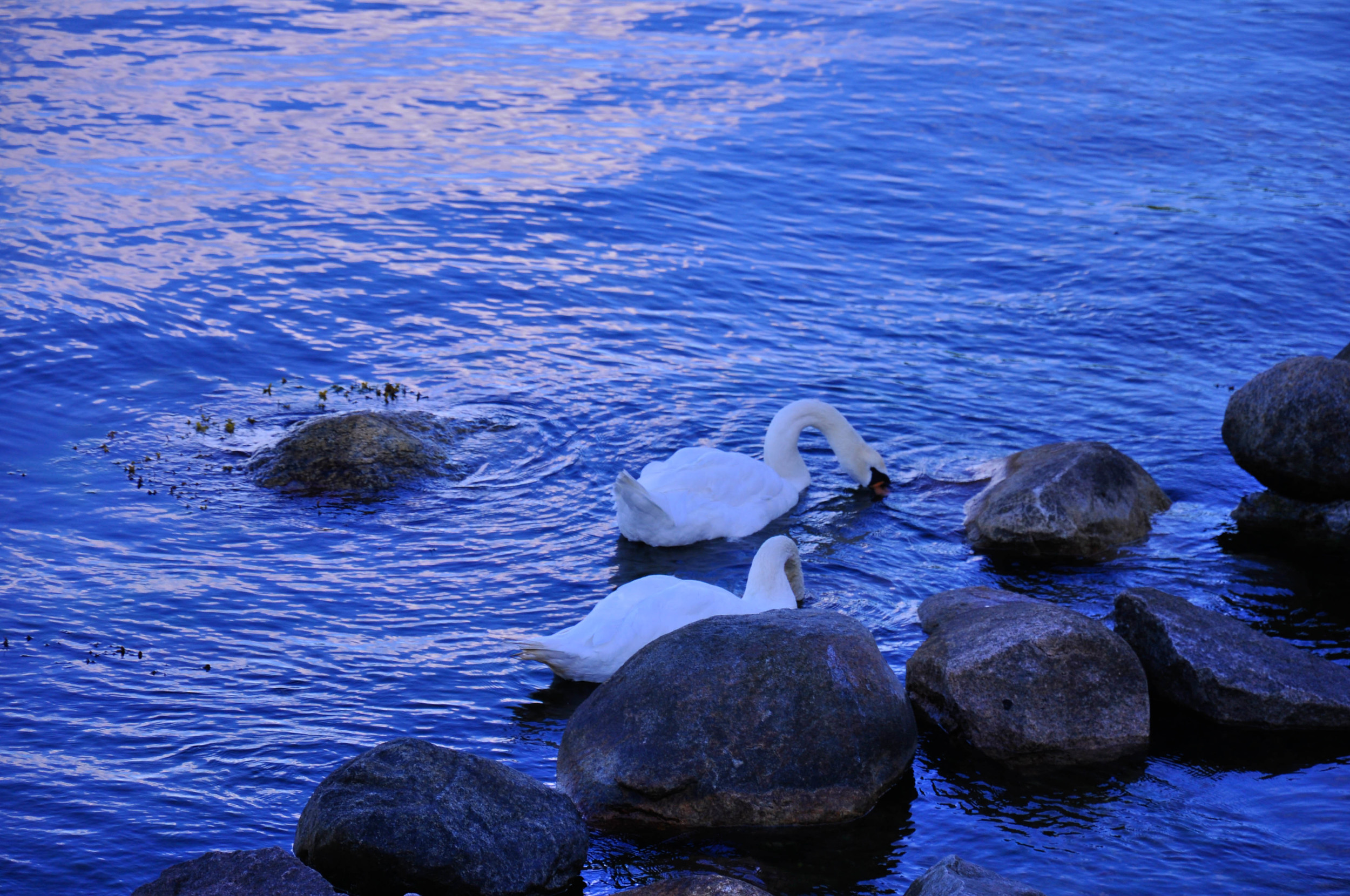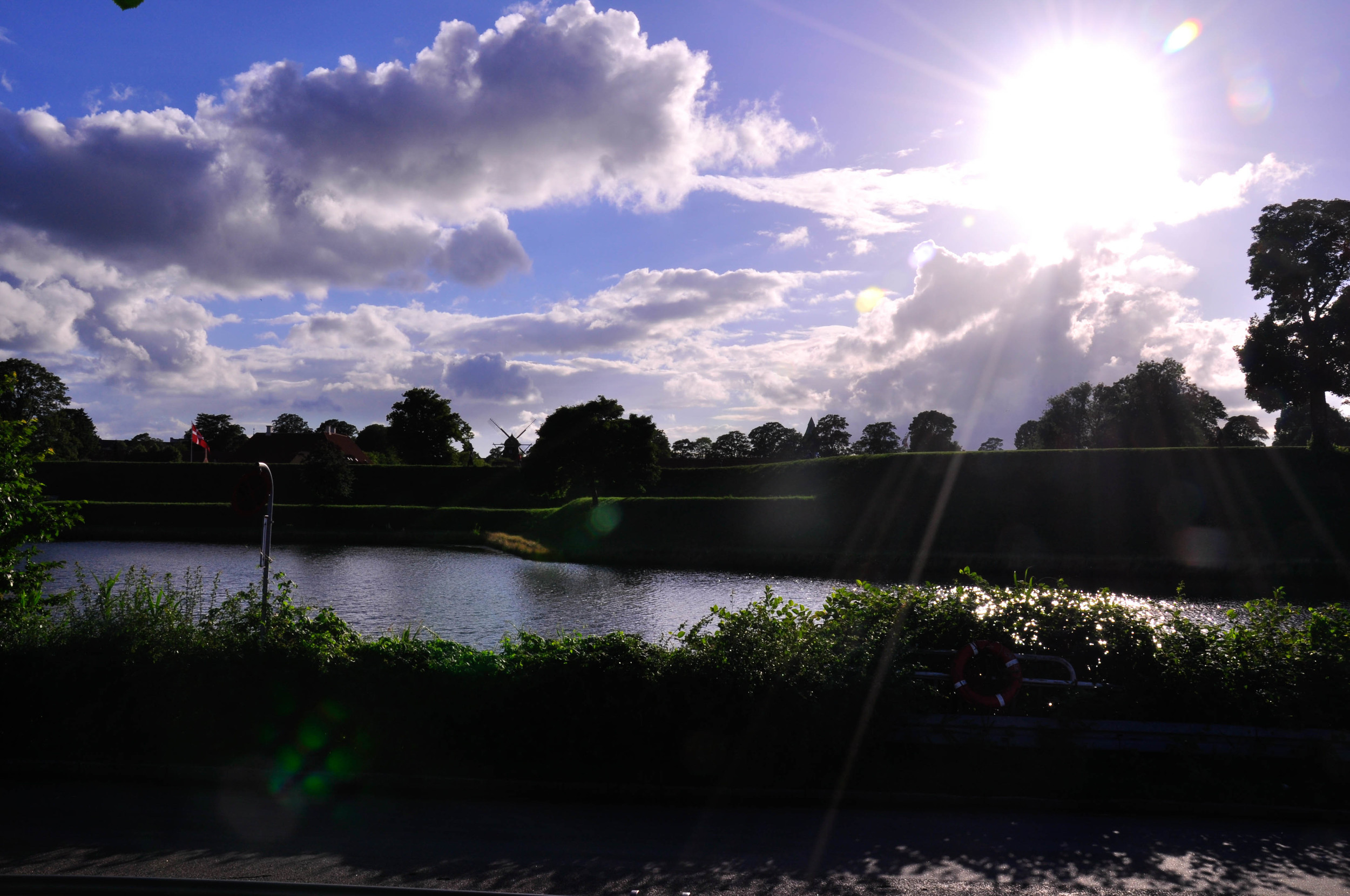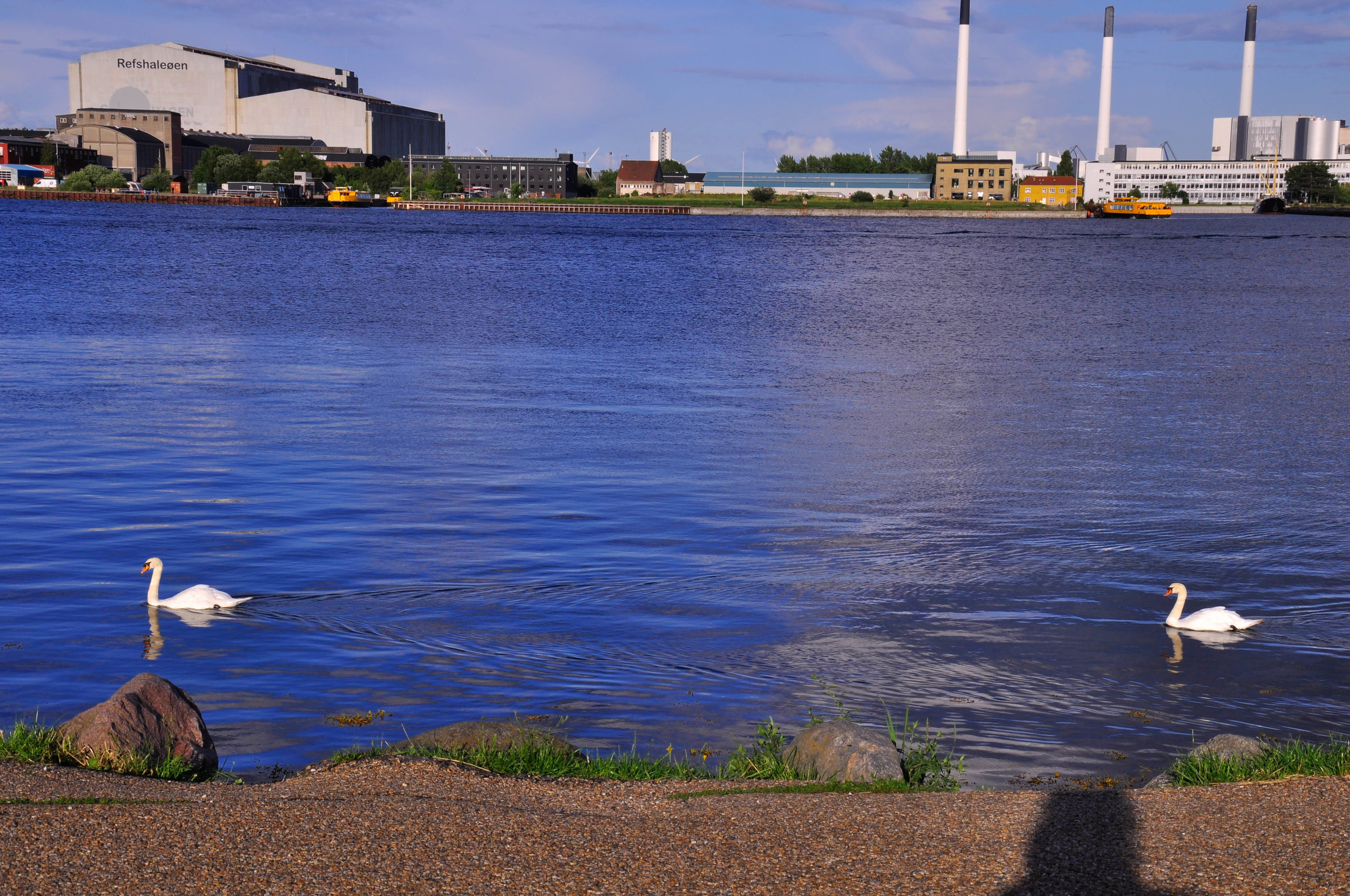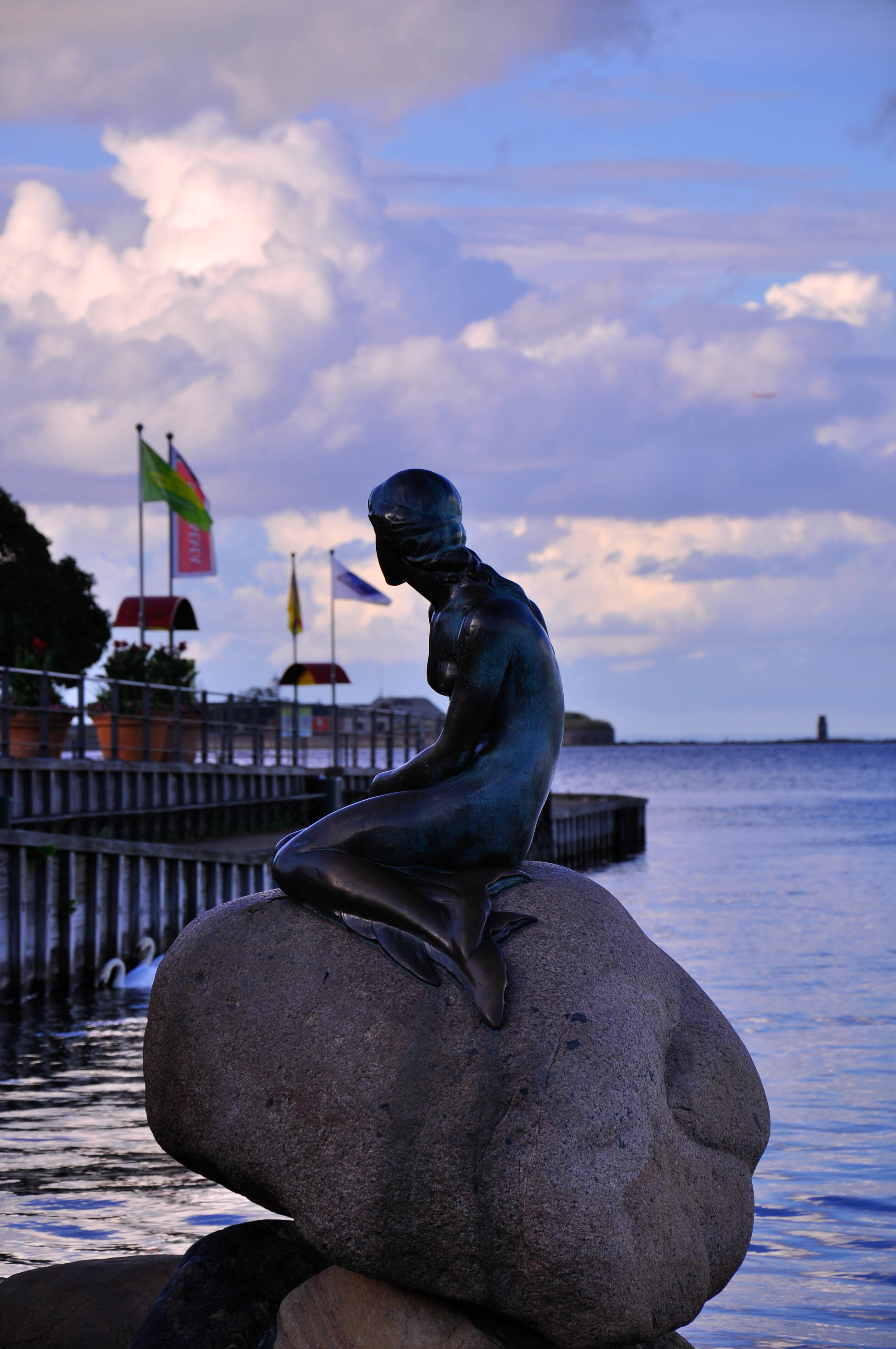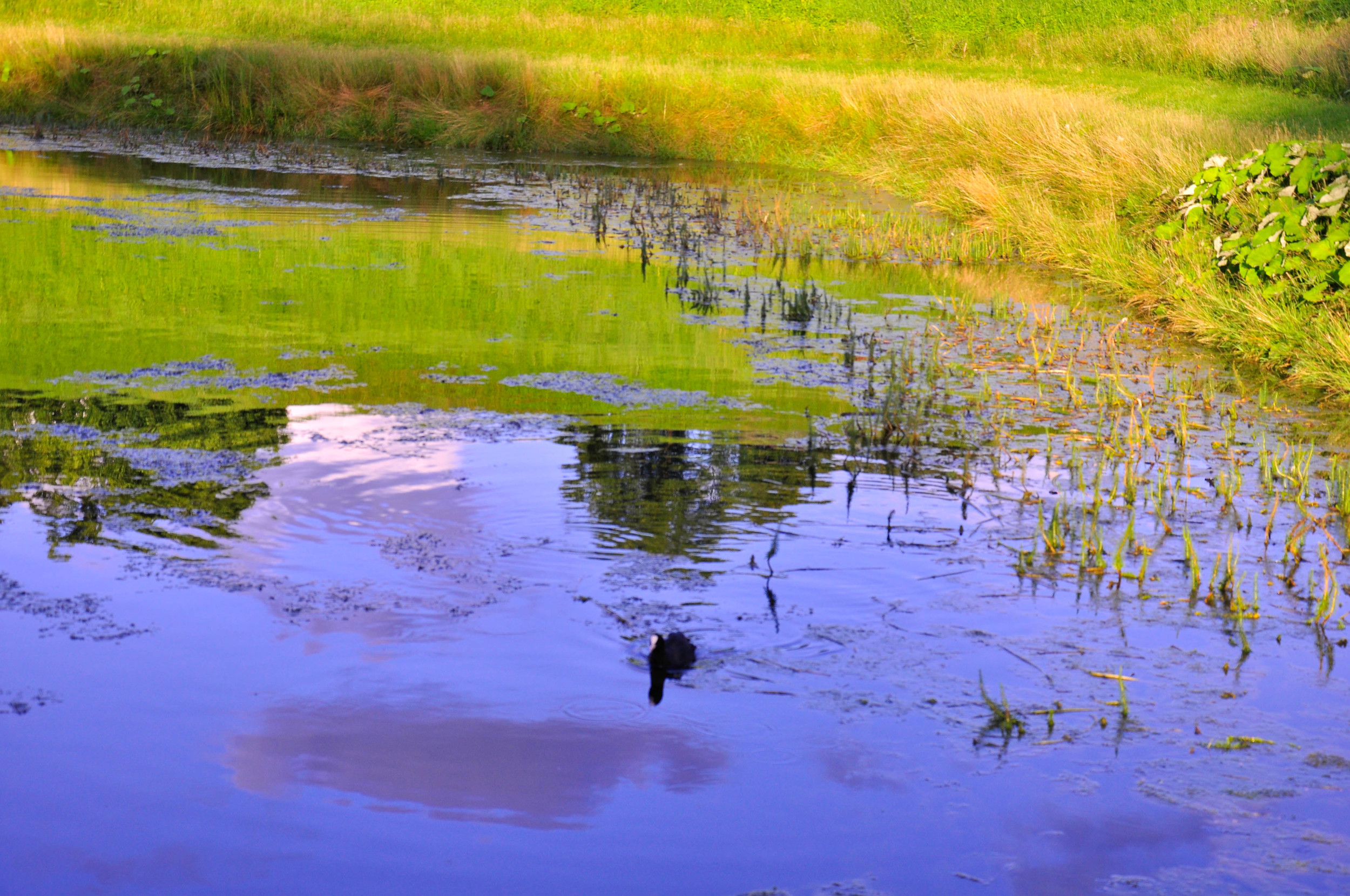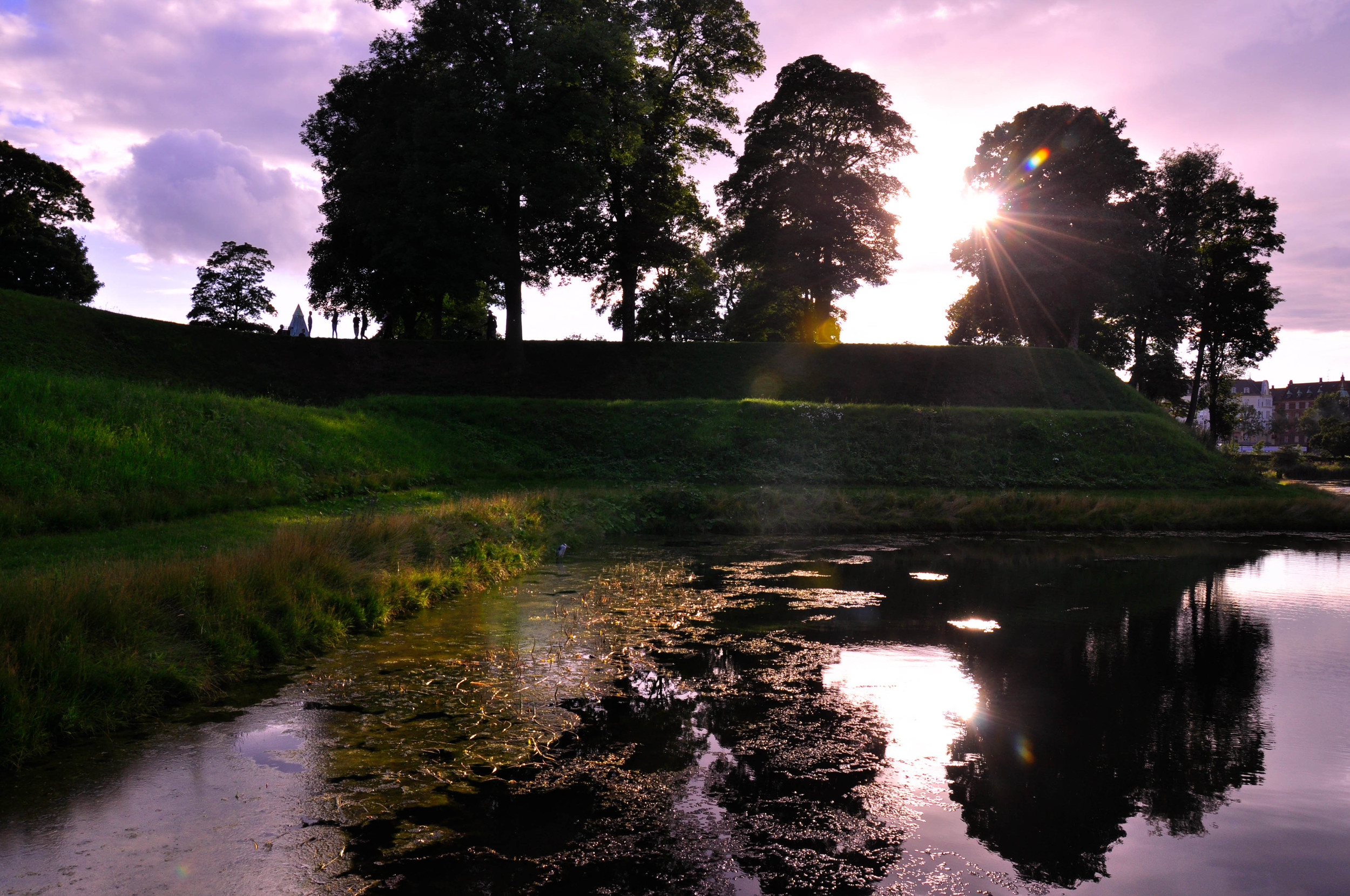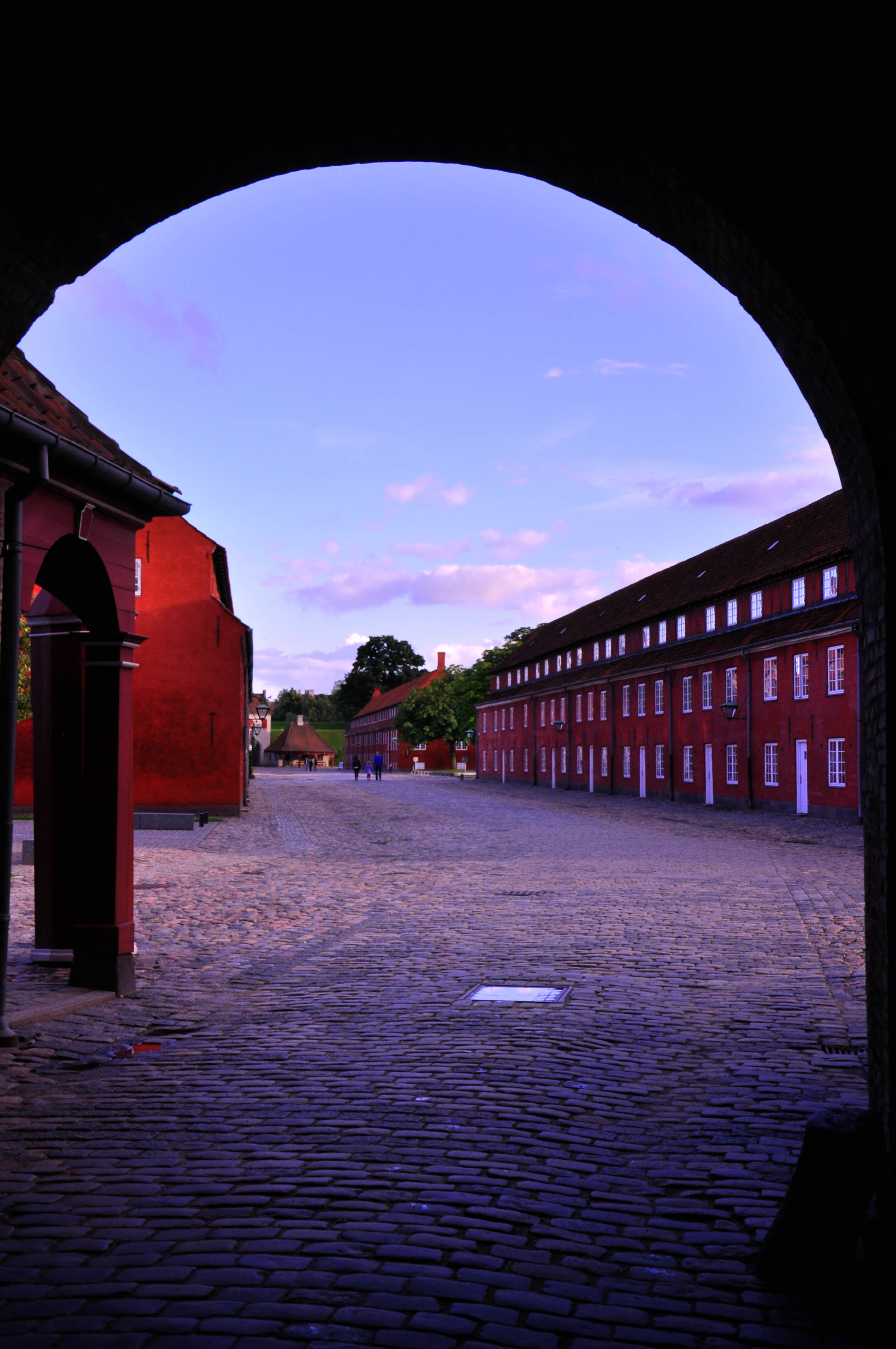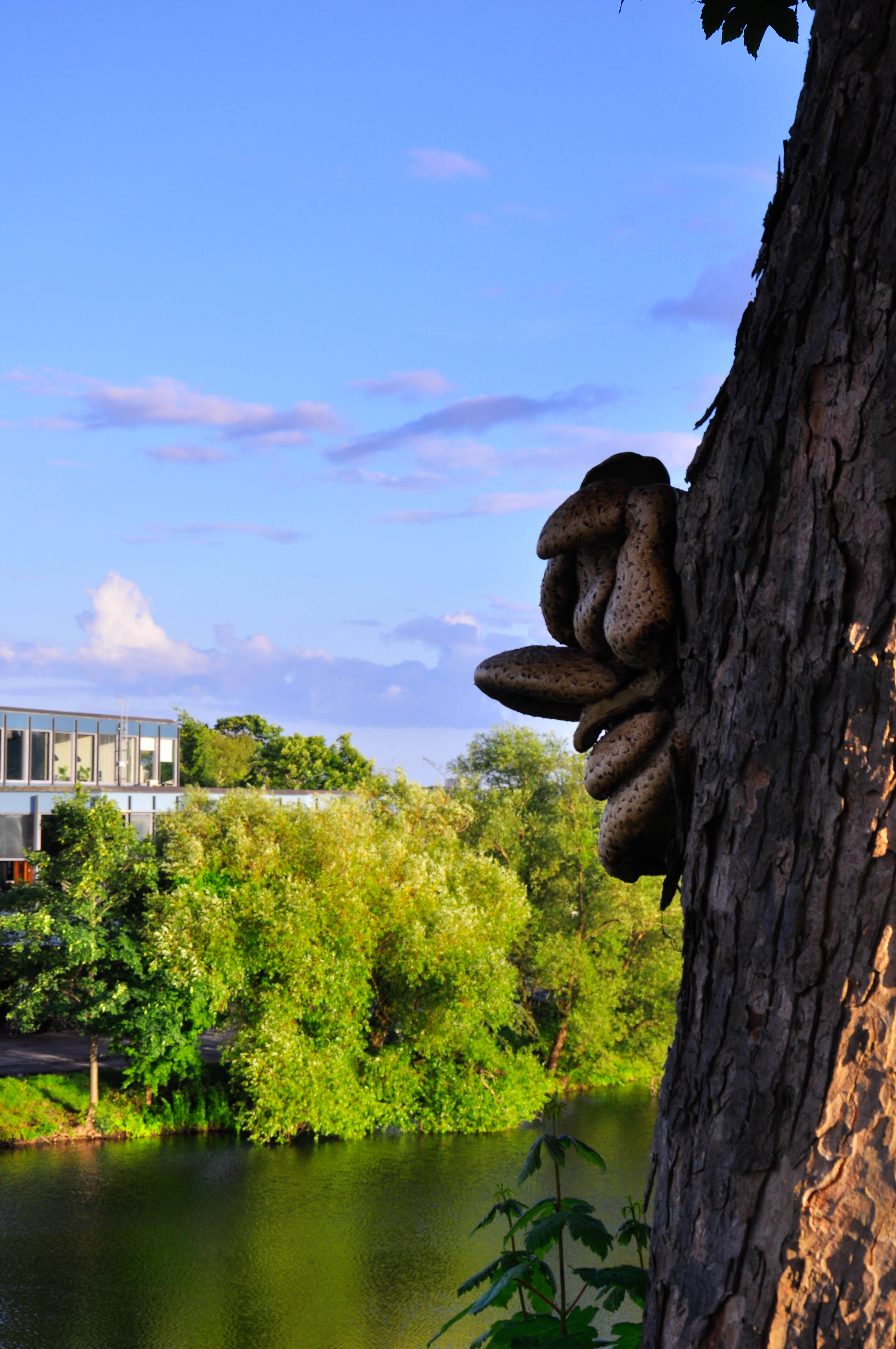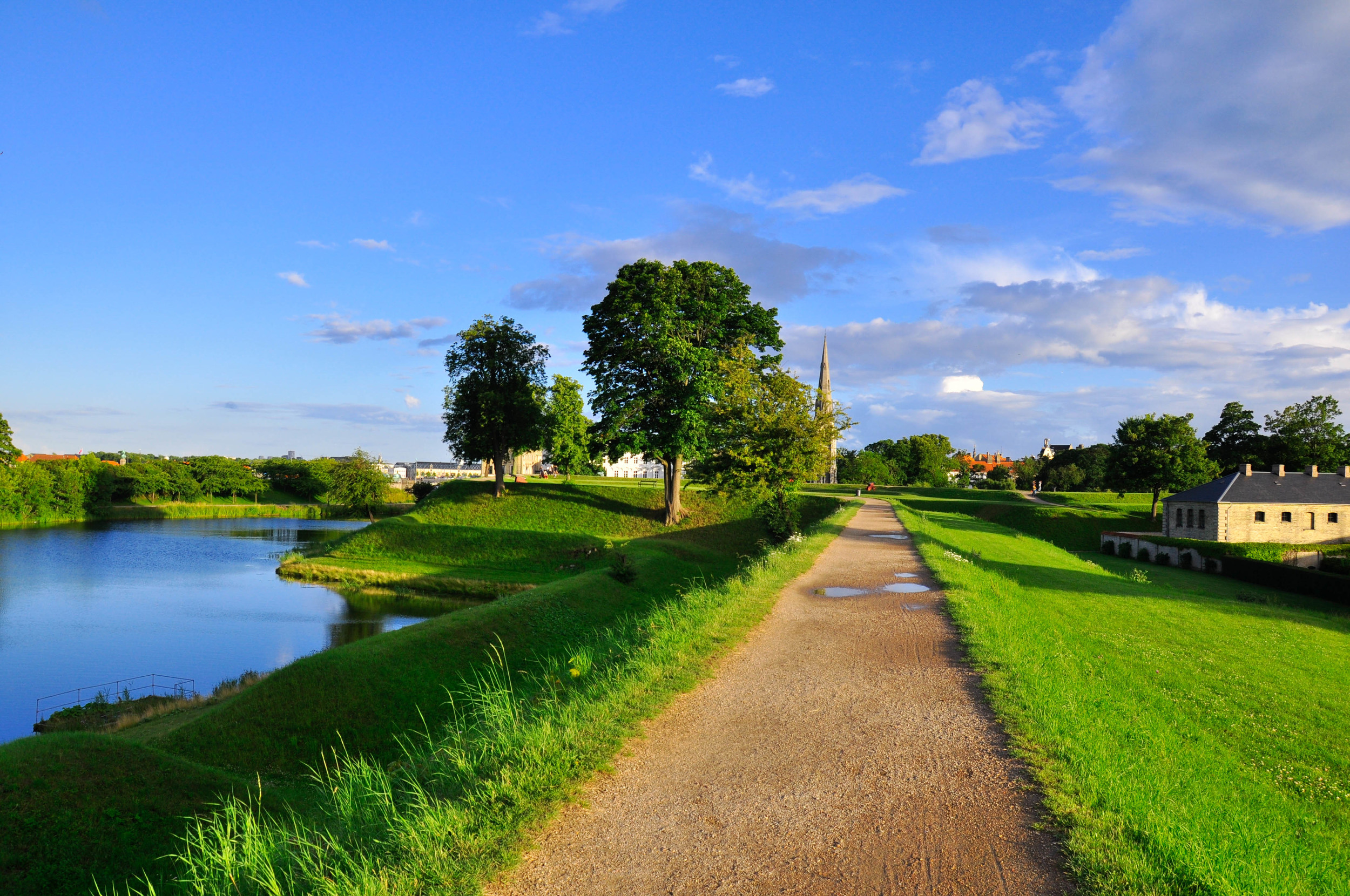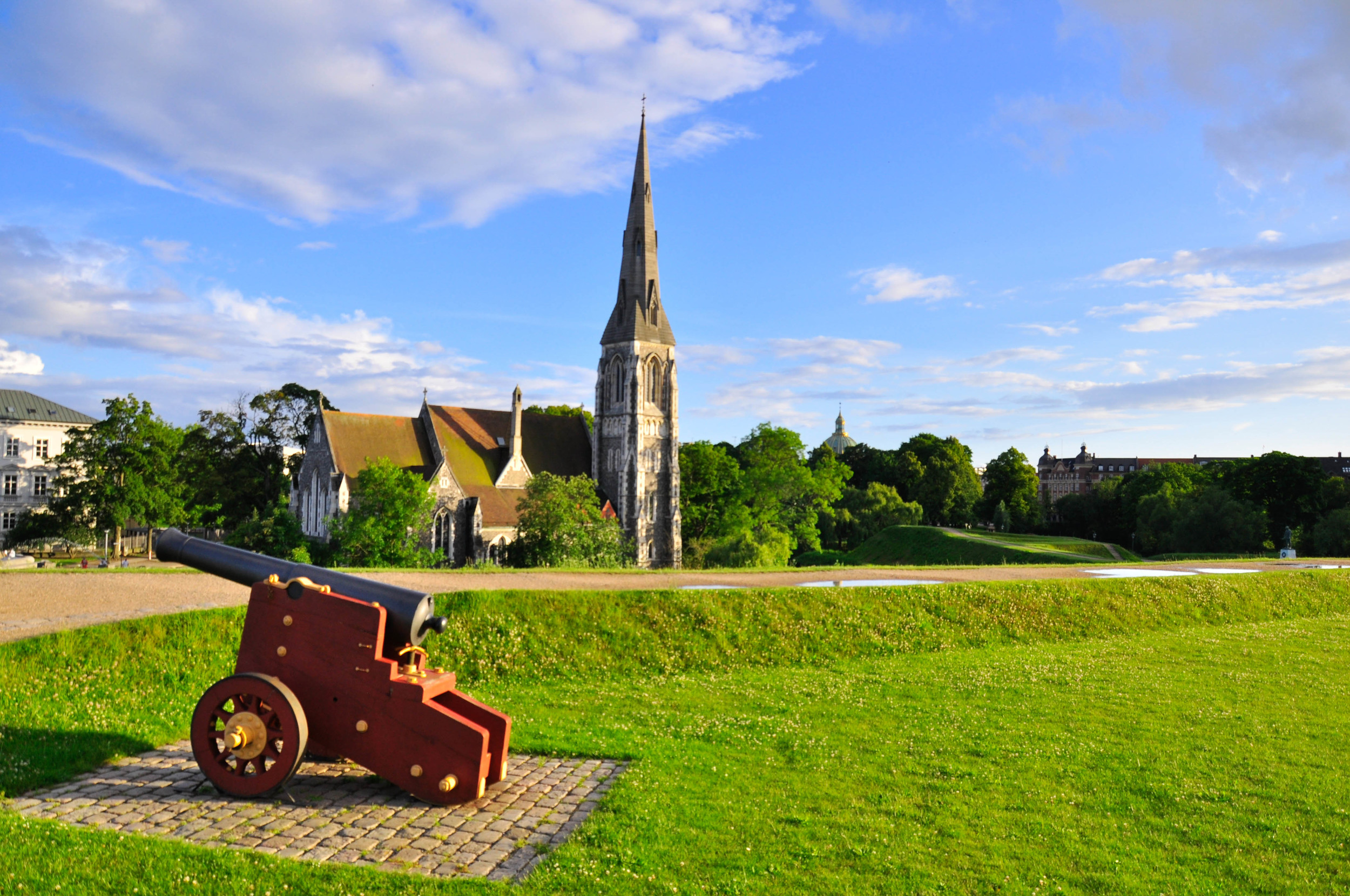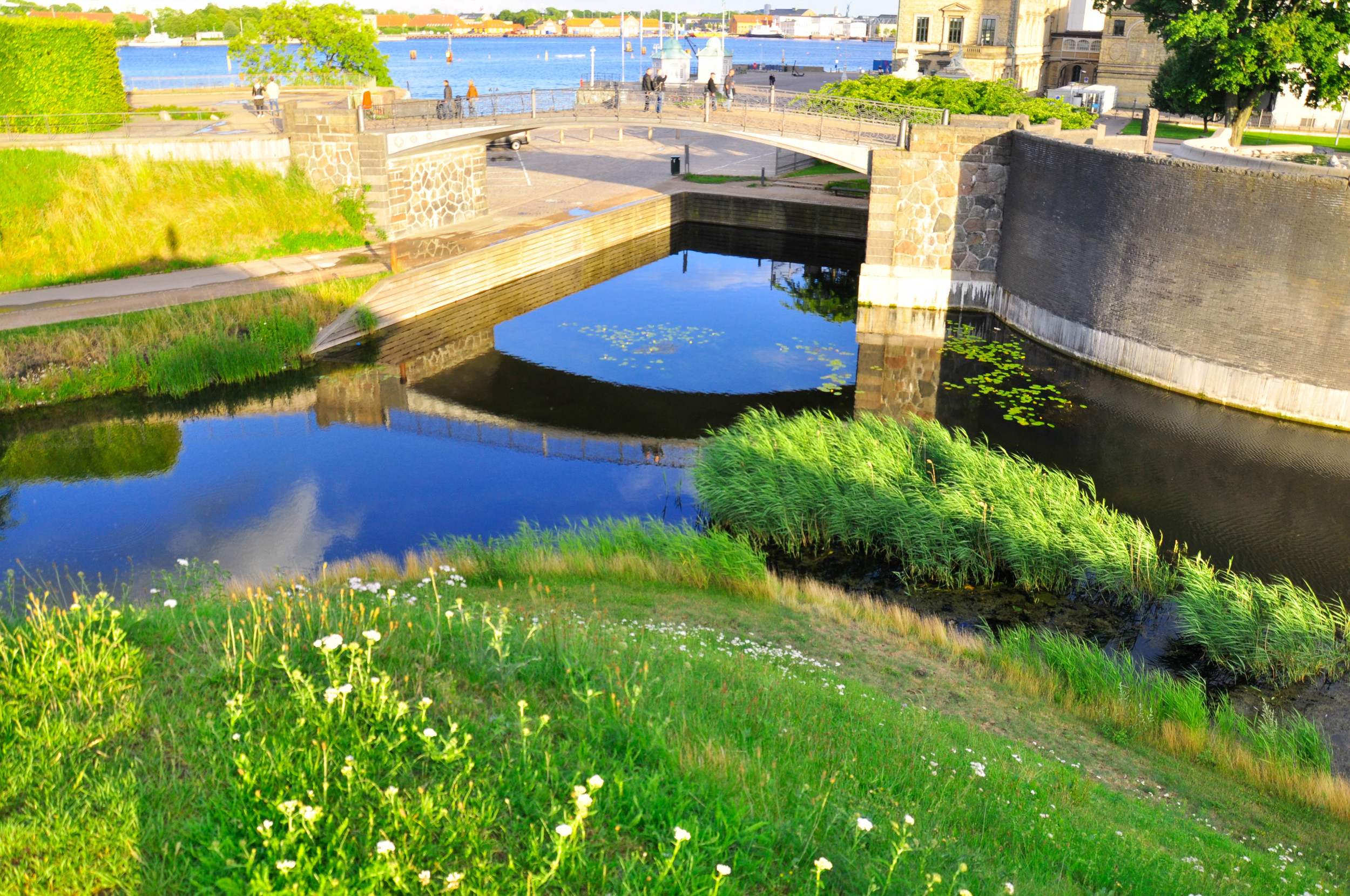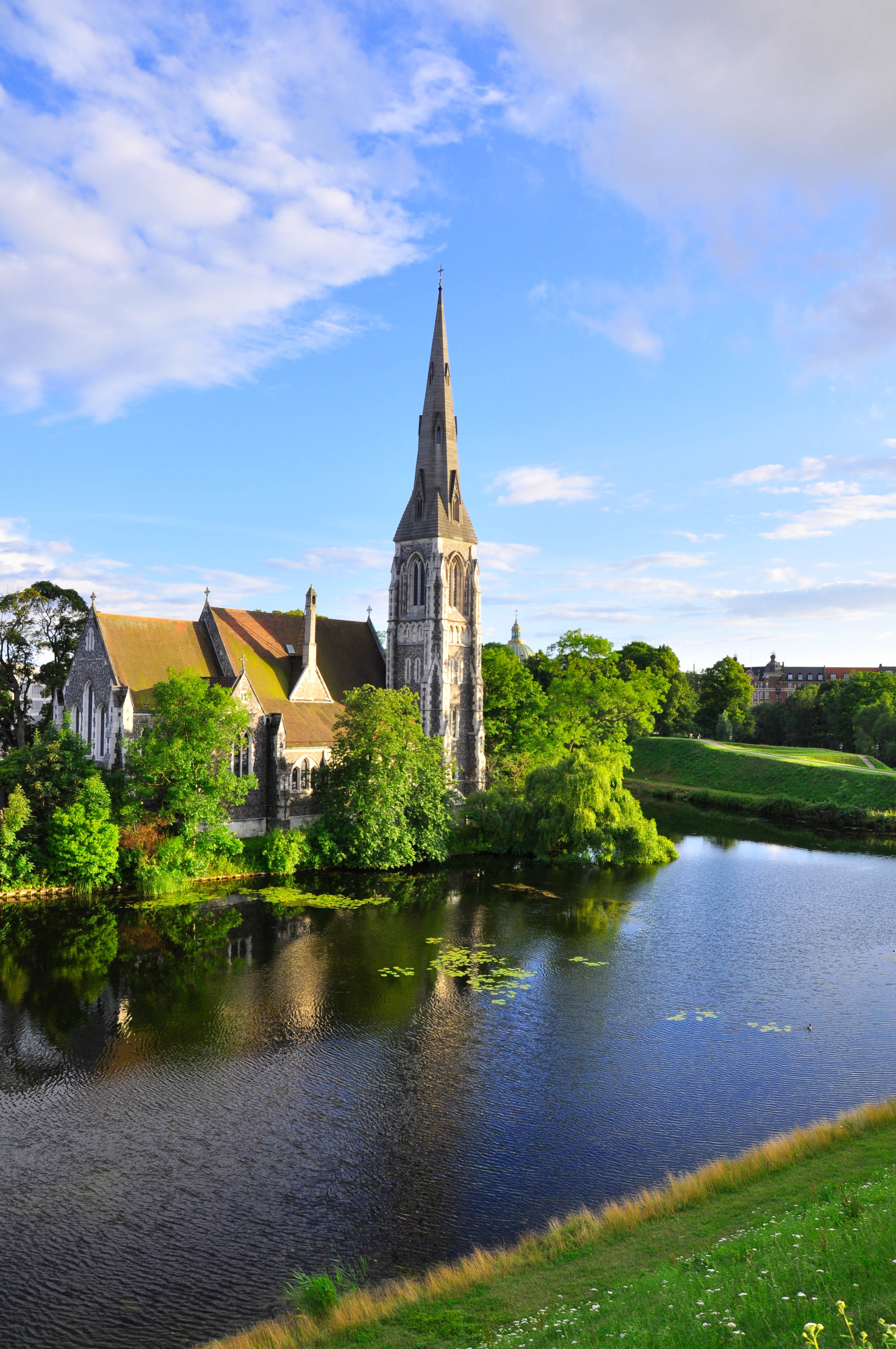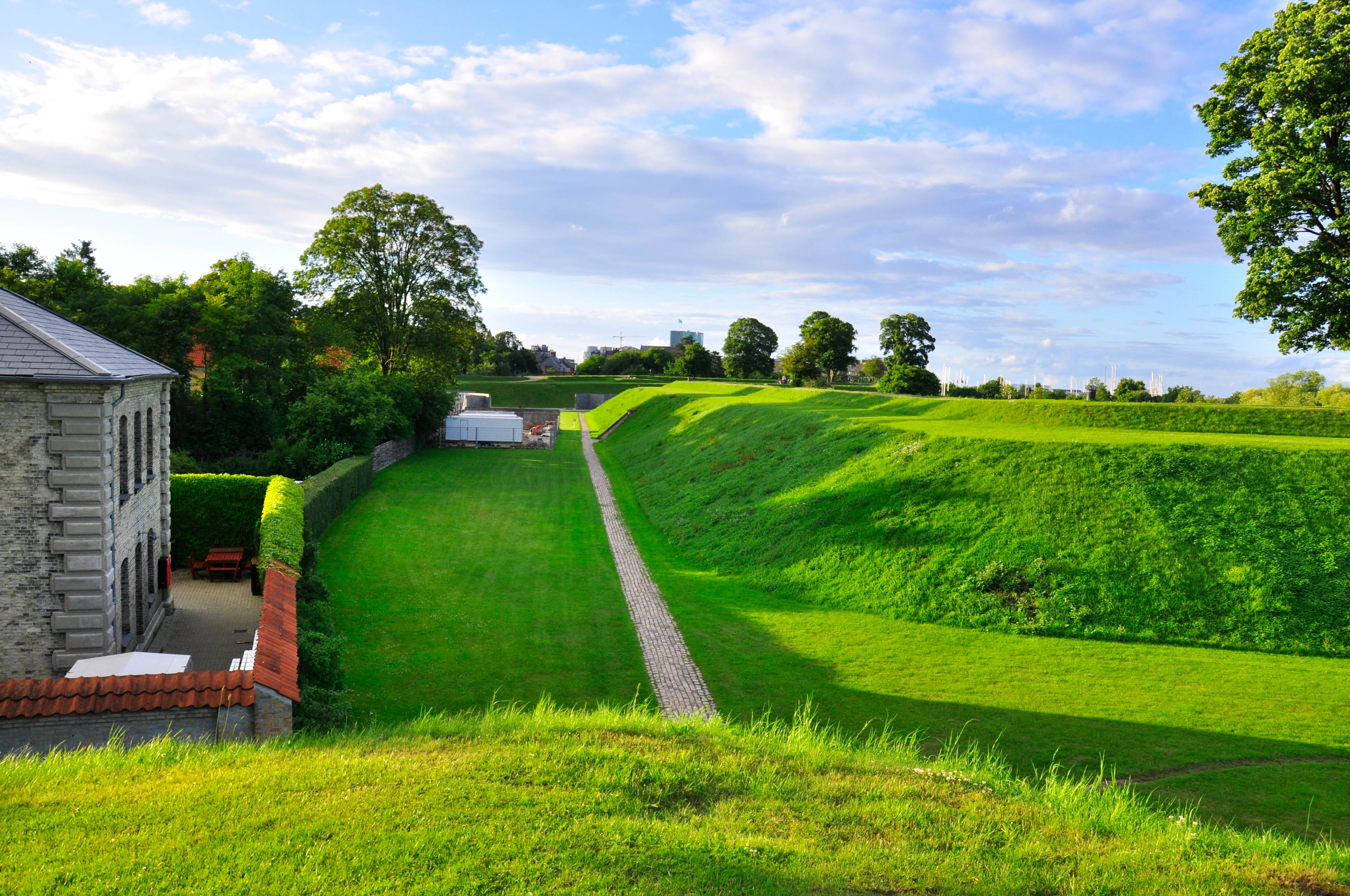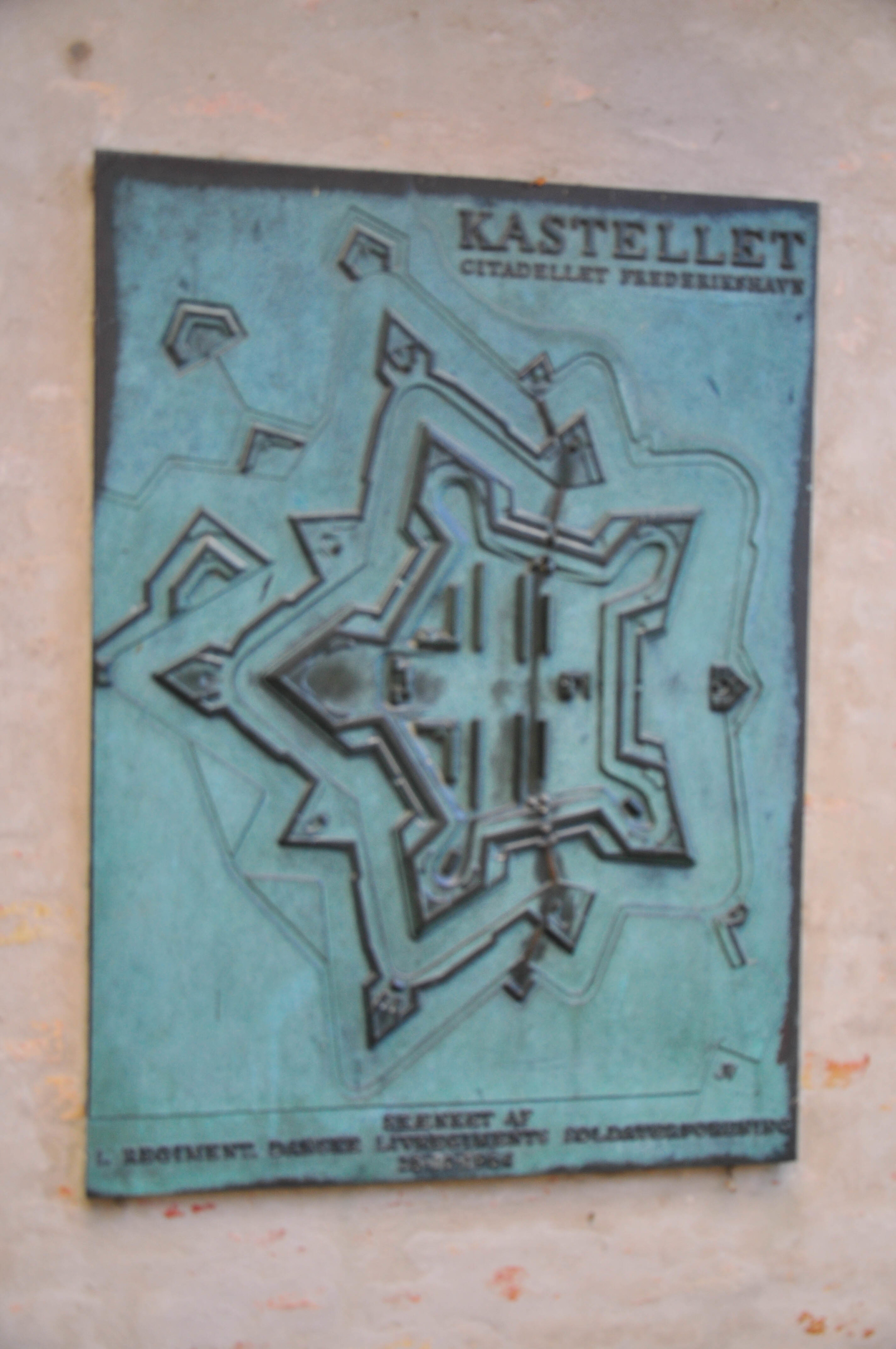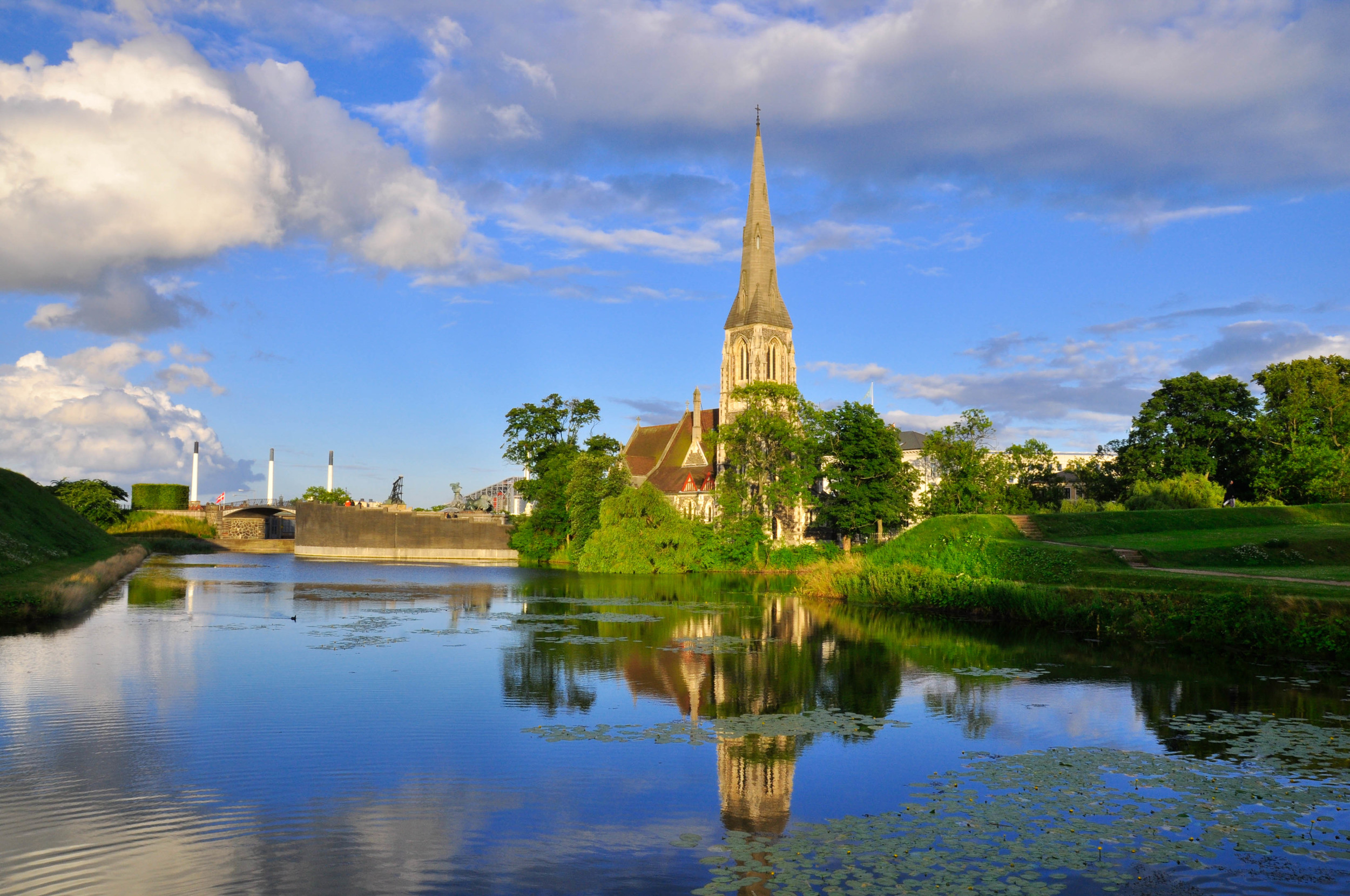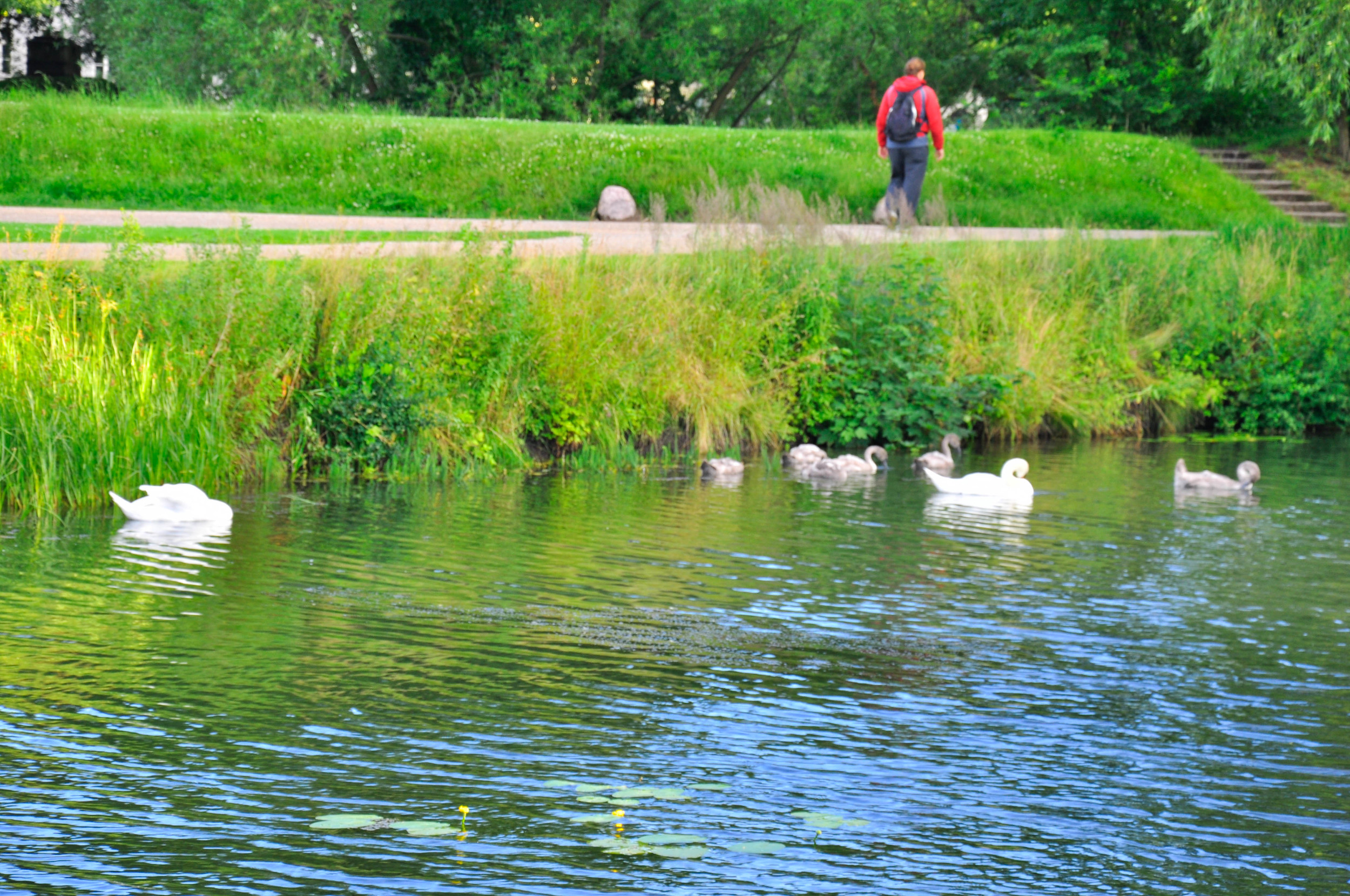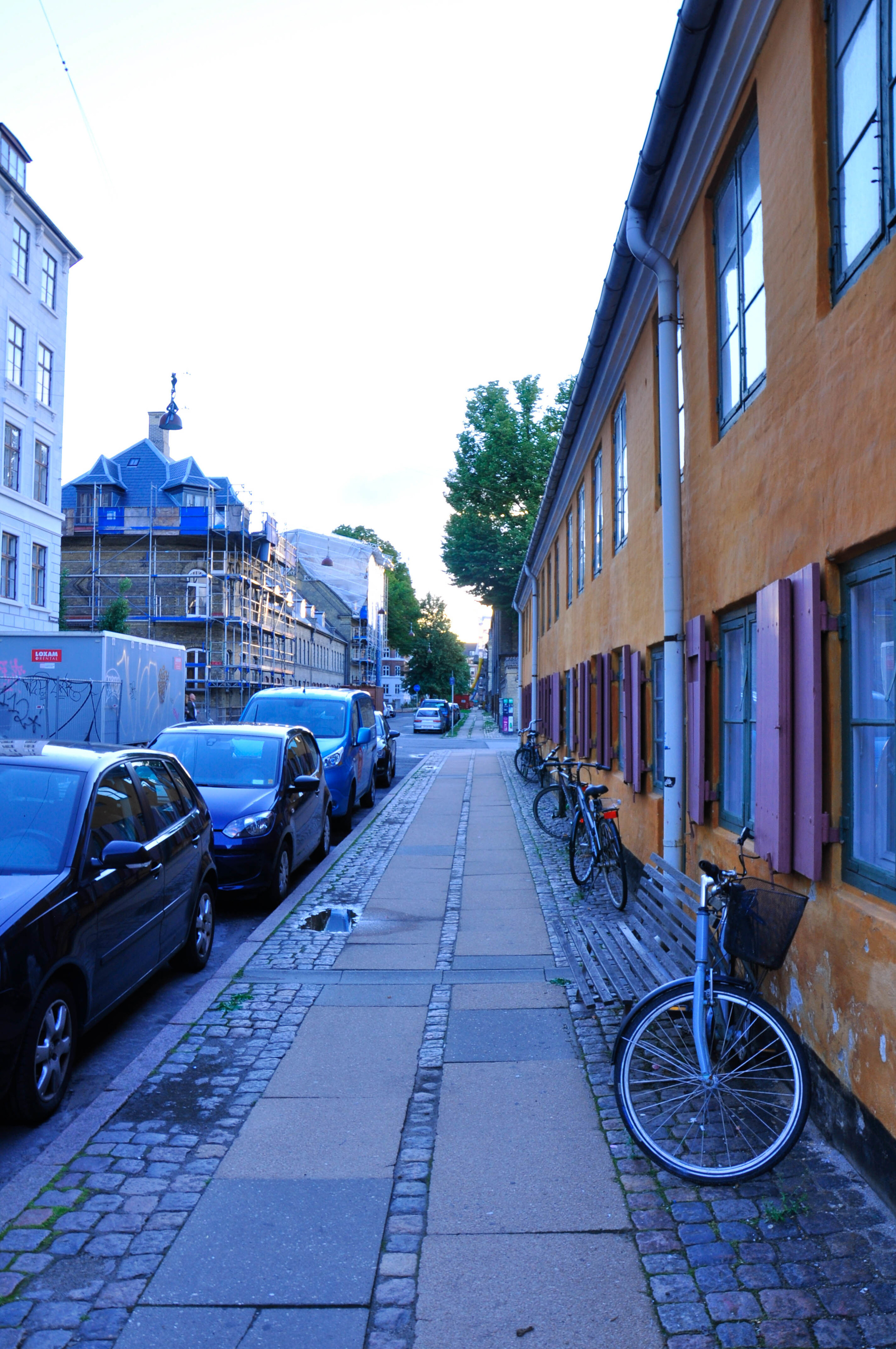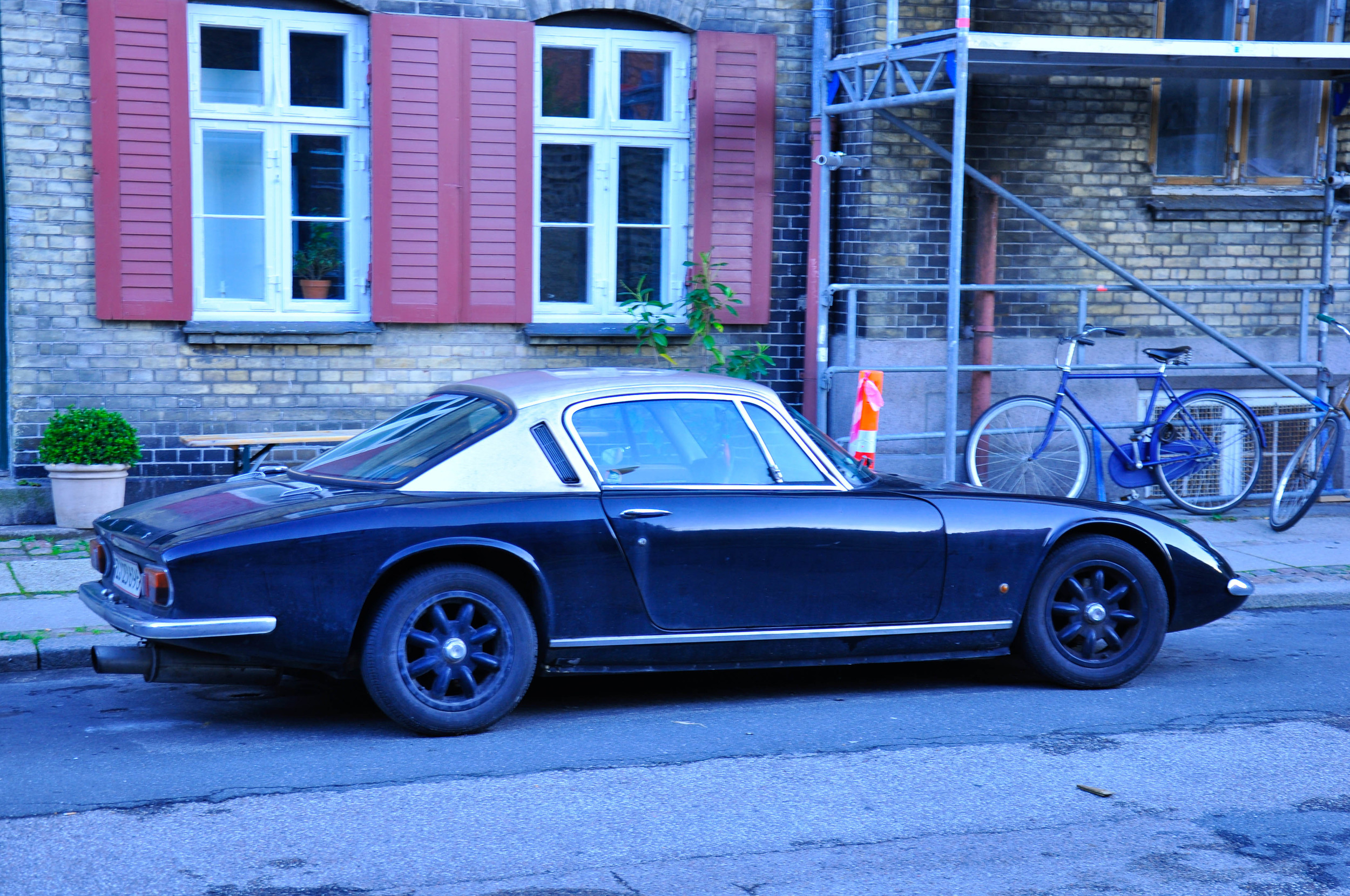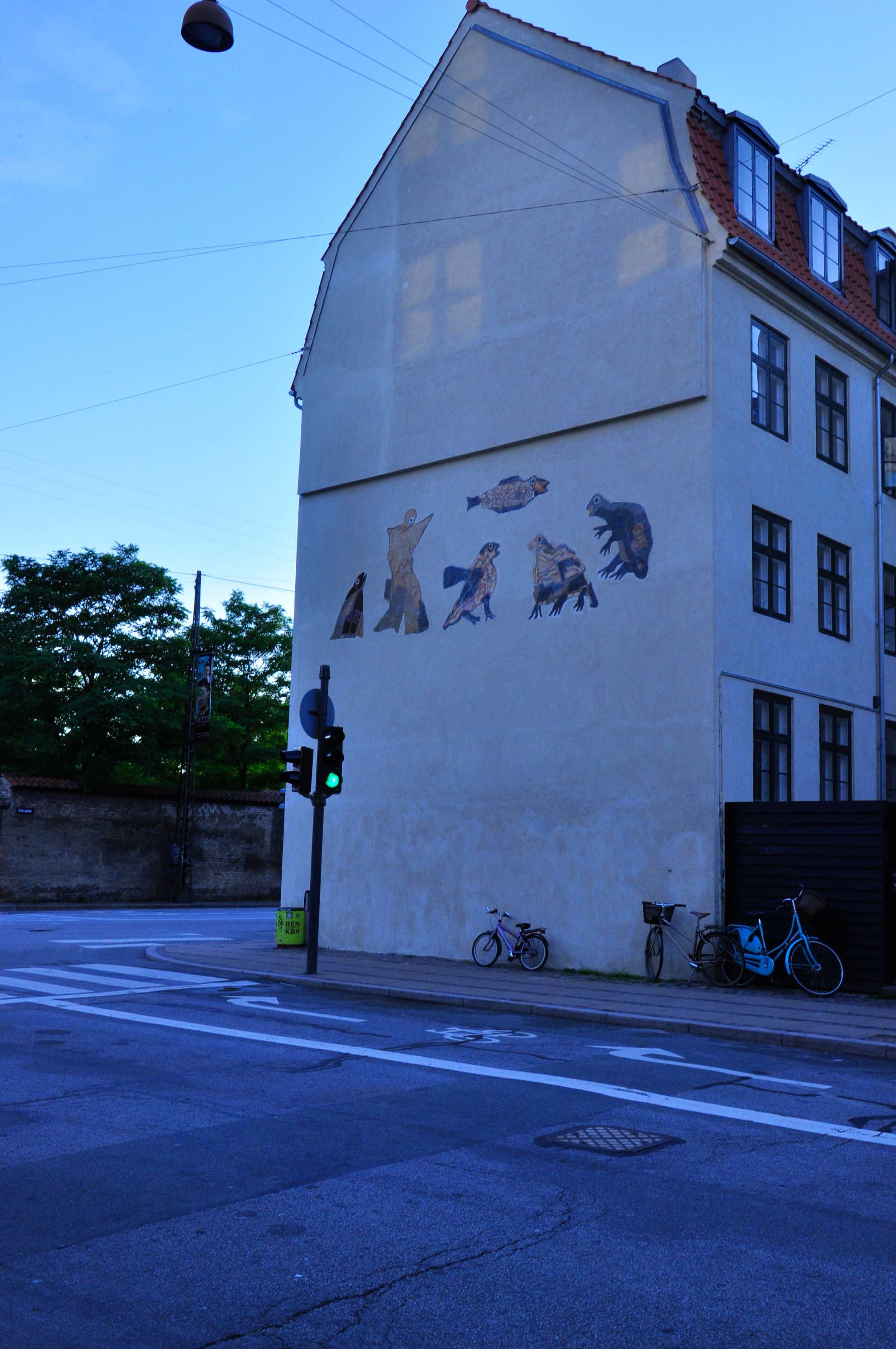2-4 July 2016
Hilsener fra københavn!
Former ship hanger turned into luxury housing that must be entered by boat.
After, literally, running through Stockholm, I am journeying on my train to Copenhagen. As long admirer of Hans Christian Andersen’s tales, naturally the first wonders that come to mind when thinking of Copenhagen are, “Wonderful, Wonderful, Copenhagen!” and “There once was an ugly duckling…Whose feathers were stubby and brown!”[1] Mention the city Copenhagen to an architecture student, and the words that follow are typically Bjarke Ingels, BIG, and bicycles. While there is truth to all these descriptive monikers, Copenhagen is an infrastructural gem!
The Lay of the Land
Geographically, Denmark comprises the Jutland Peninsula and an archipelago of some 443 islands located between Germany, Sweden, and the North and Baltic Seas in Europe. At roughly 43,000 square kilometers, Denmark is roughly the same size as New Mexico. One is never far from the sea in Denmark; which just makes me happy, as I love the sea! Though topographically challenged, Denmark does not lack variation—the country is full of sandy coasts, rolling plains, arable land, and some forests. With temperate seasonal climatic changes, the aqua and terra of Denmark is home to a broad range of flora and fauna—including deer, hedgehogs, blue whales, cod, and herring. But, this location also makes for a cool and damp climate with (as the photos will show) changeable weather by the minute. Therefore, it is no surprise that Copenhagen is a relatively flat city good for walking and cruising by bicycle.
Arrival and Hostel
Whenever my time is short in a city, I try to stay as central as is affordable to allow for easy access to transit hubs. As my time is super short in Denmark, I chose to stay in a hostel near Central Station called the Copenhagen Backpackers Hostel. While it is cash only and my room of eight was a little tight, it is clean, the atmosphere jovial, and the multilingual staff friendly and helpful. What more could one traveler ask for than this!
River Tour
Left with only a full day to tour Copenhagen, the best way to get bang for my buck, was to purchase a one-day Copenhagen Card, which provided access to all public transit throughout The Capital Region, entry to seventy-three museums, and discounts to a number of attractions, activities, and restaurants. It was also great for the purposes of this trip, as it included passage on the Canal Tours Copenhagen from Ved Stranden. My guide had just that morning cruised the canal with Copenhagen’s city planners and briefly mentioned that their priority concern is that the city is flooding. He said that sea level rise is of highest concern, as within as little as thirty years, boats will not be able to pass under the bridges of the canal. Some of the solutions have been to turn some of the artificial islands that were created as military lookout points into wetland reserves.
The canal tour illustrated the waterfront history of Copenhagen. From what I observed, it seems that Copenhagen has always been a city on the edge. However, the popularity of the edge has varied over the centuries, and areas were developed to serve specific functions, such as government, trade and commerce, military standpoints, industry, and housing. This is significant as a varying of the edge represents changes of socio-political importance throughout a city’s history. While this is not unique to Copenhagen, what struck me as surprising was the long held trend to adapt (what we would call rezoning) areas to suit the needs of the present populous. For instance, Vesterbro, the former red light district and working-class area is now infamous as the city’s hipster haven. Similarly, in the district of Christianshavn, is the old industrial island Refshaleøen, which was home to some of the world’s largest shipyards. Now, however, Refshaleøen is home to creative centers, music festivals, and restaurants. If you would like to learn more about Refshaleøen, check out the documentary Mænd & Metal (Men & Metal).
The tour also showed where the Danish Architecture Center (DAC) was located and provided a look into the new waterfront development, which DAC is collaborating on. (Naturally, DAC became the next stop on my quick visit!)
Danish Architecture Center
The current summer exhibition at DAC, Let’s Play, asks the question: How can we use urban space as a place for sport and movement? As a result of this question, the exhibit and building grounds have been transformed into what I like to call, “the Olivia Newton John physical map,” as there are all these pockets of space that ask one to get physical with it. If we consider our daily activities, there is sound reason in making our environments more physically engaging for the benefit of all. For instance, one of the reasons Copenhagen is so pedestrian and bike friendly is that in the 1960s, the city introduced pedestrian zones in the city center. What happened in the decades that followed were other car-free zones, and 200 miles of bike lanes. Why you may ask—because these historic streets were designed for pedestrians and maybe a horse cart, not for automobile congestion. Which is the same conclusion the people and city planners came to in the post-WWII era.
I’ve noticed too that the Danes are very friendly people. But, this isn’t a surprise to me, as growing up in Bay Ridge, Brooklyn in the 1980s, where the last large Scandinavian population in New York City lived, there were many Norwegian and Danish families who welcomed my family as well. Now, walking in their capital, I also think their friendly attitude has much to do with increased daily exercise and making the most of the weather even when it is bad.
Somewhere Over the Rainbow
Copenhagen Jazz Festival
On this short trip, my timing could not have been more perfect, as I came to Copenhagen just at the start of the annual Copenhagen Jazz Festival. The streets were brimming with music from a number of free concerts. Caught in a raining cats and dogs moment near Højbro Plads, I stumbled upon a square where “Somewhere Over the Rainbow” was playing. Though soaked through, I couldn’t help but have a big goofy grin as I enjoyed my pint of Carlsberg and realized I was over the rainbow.
[1] Naturally, in Danny Kaye’s voice and not my own. What can I say? If it was not a cartoon or on PBS, my parents would only allow my sister and I to watch most films that were pre-1970. As a result, I grew up with a love of classic films, particularly, musicals.

